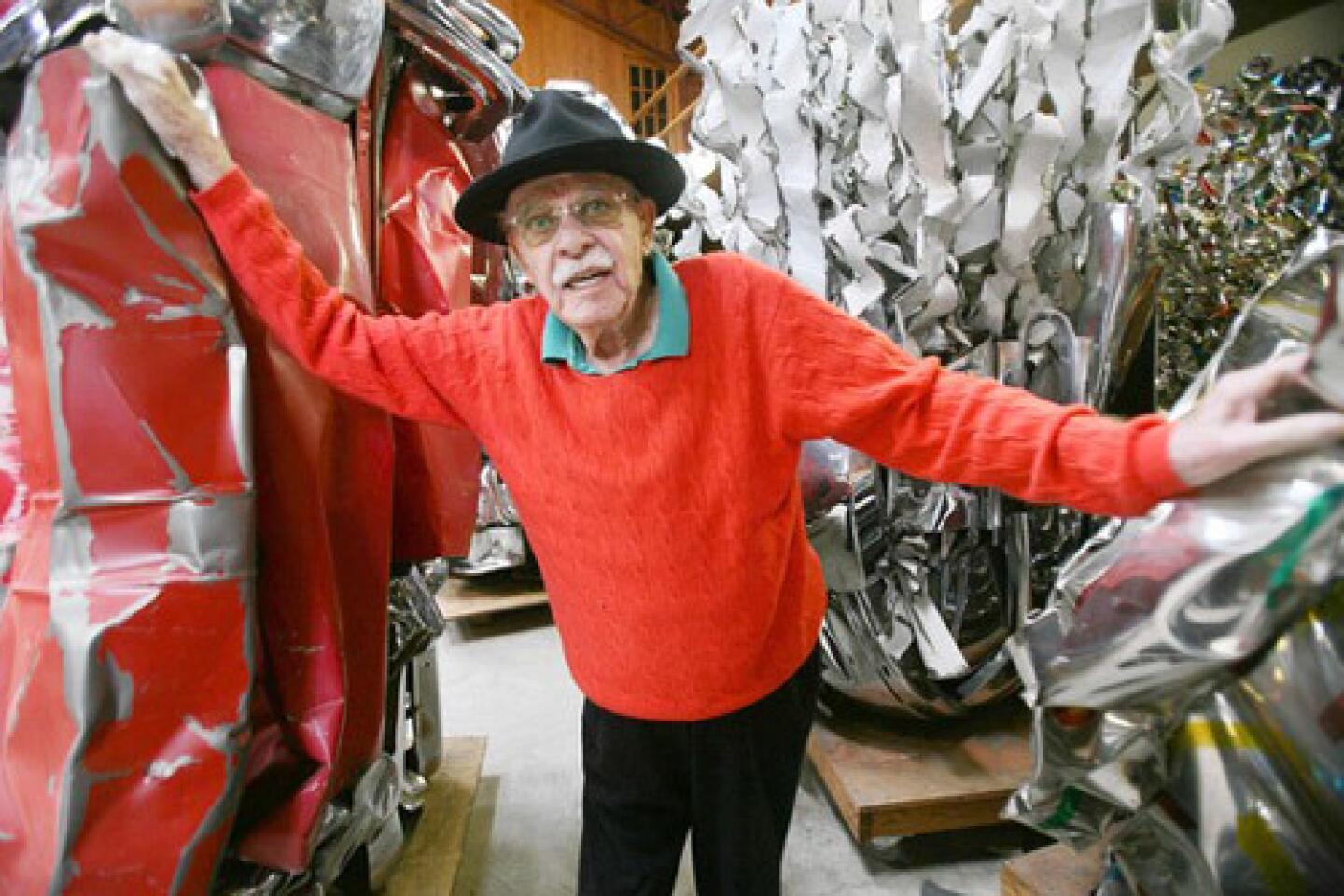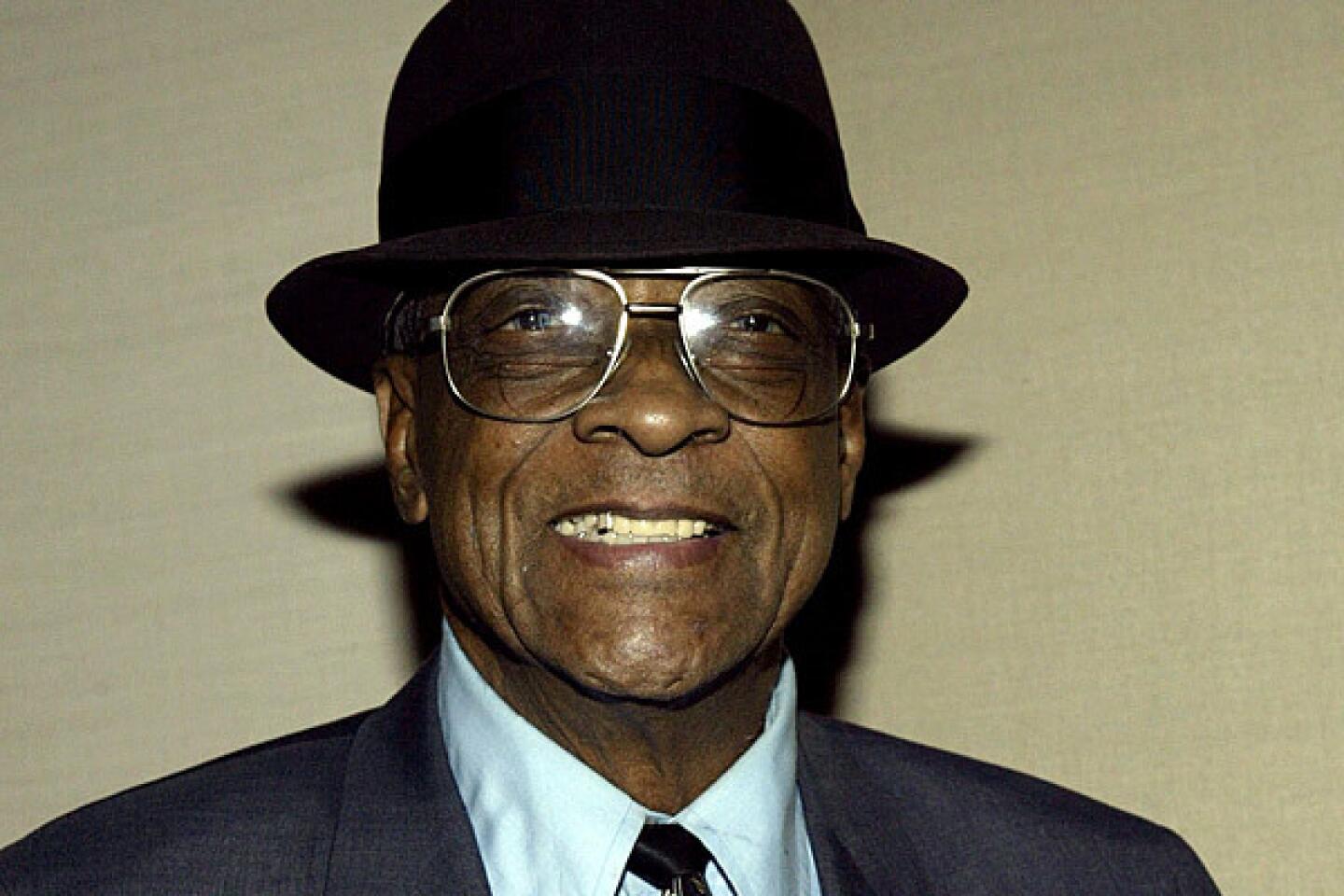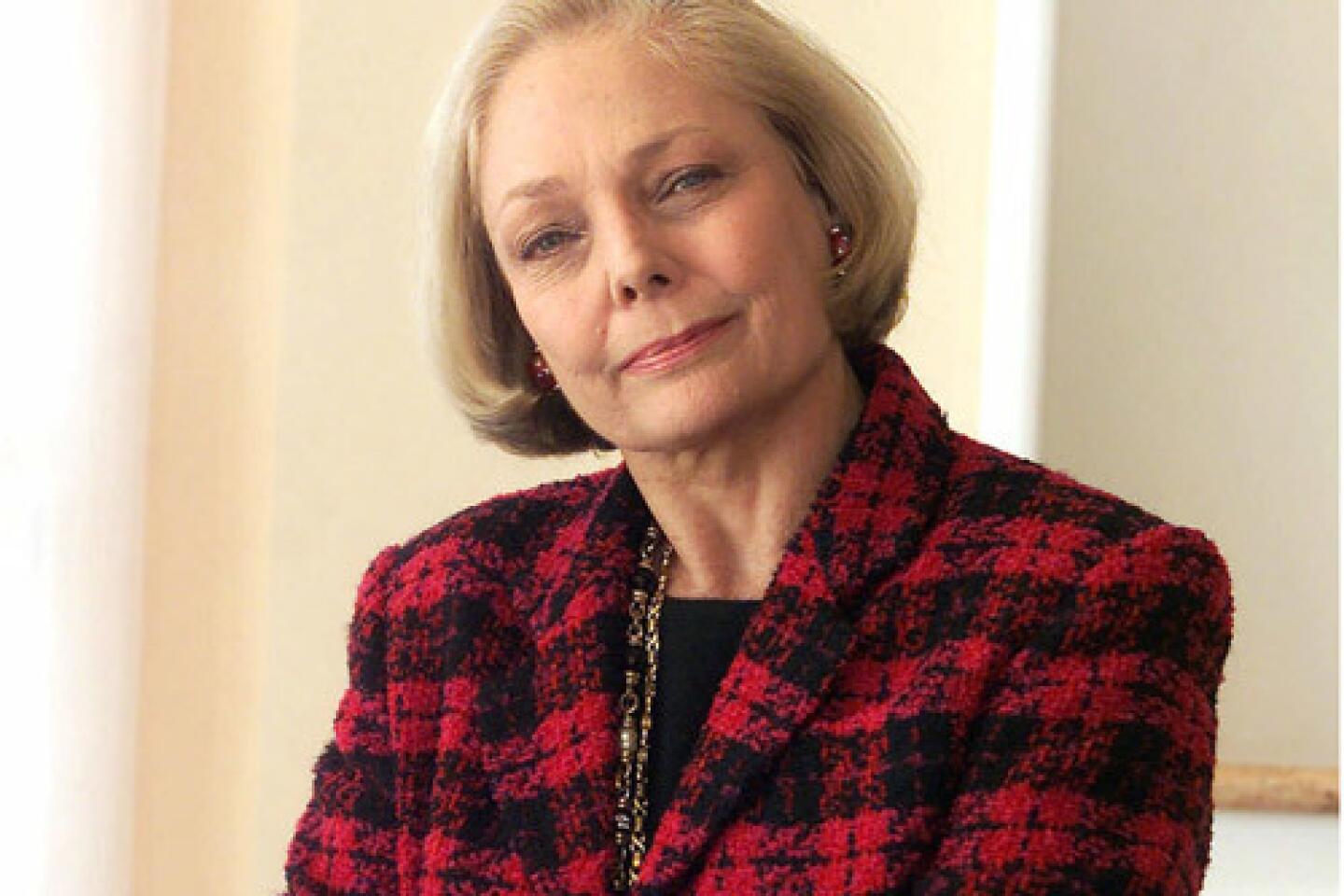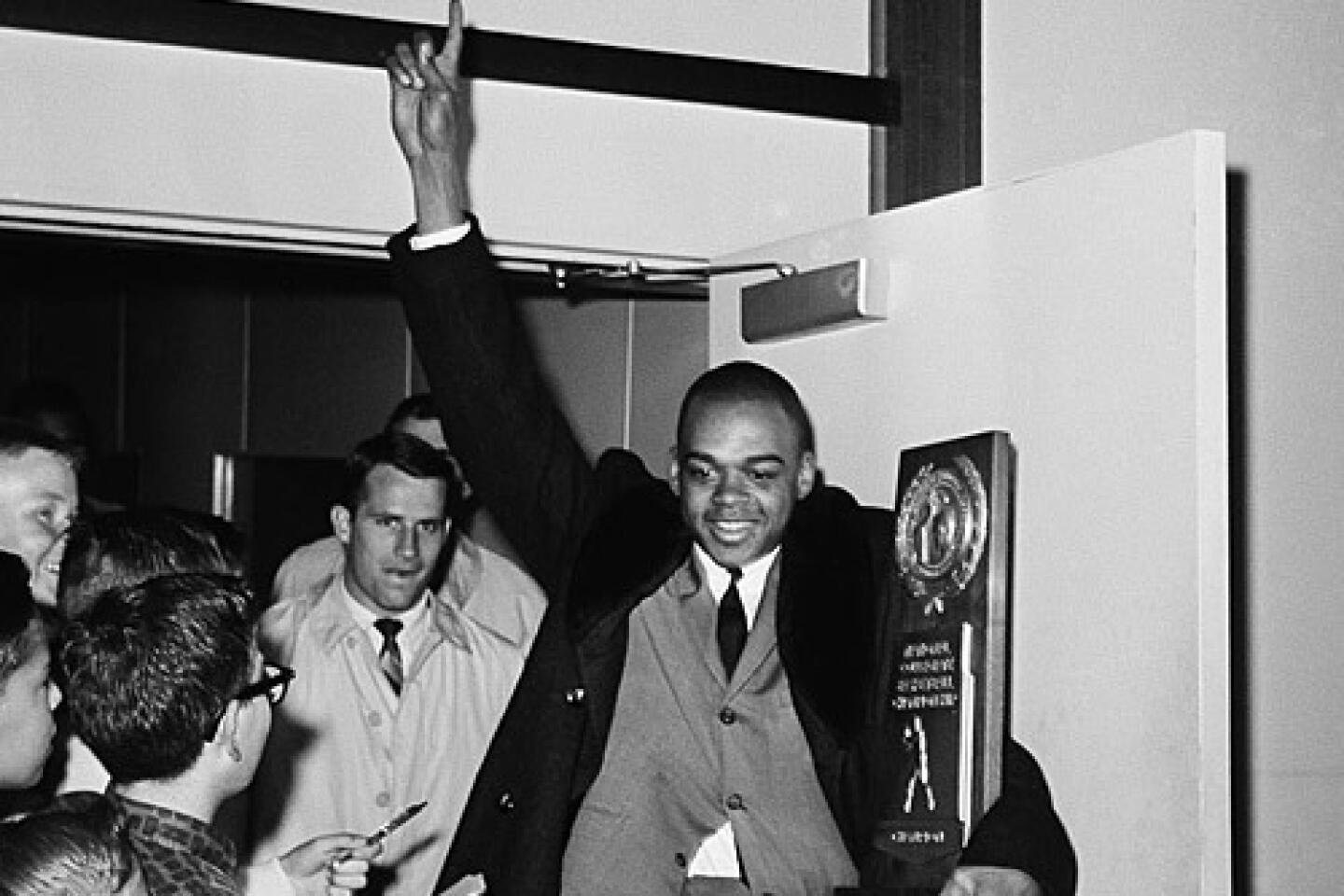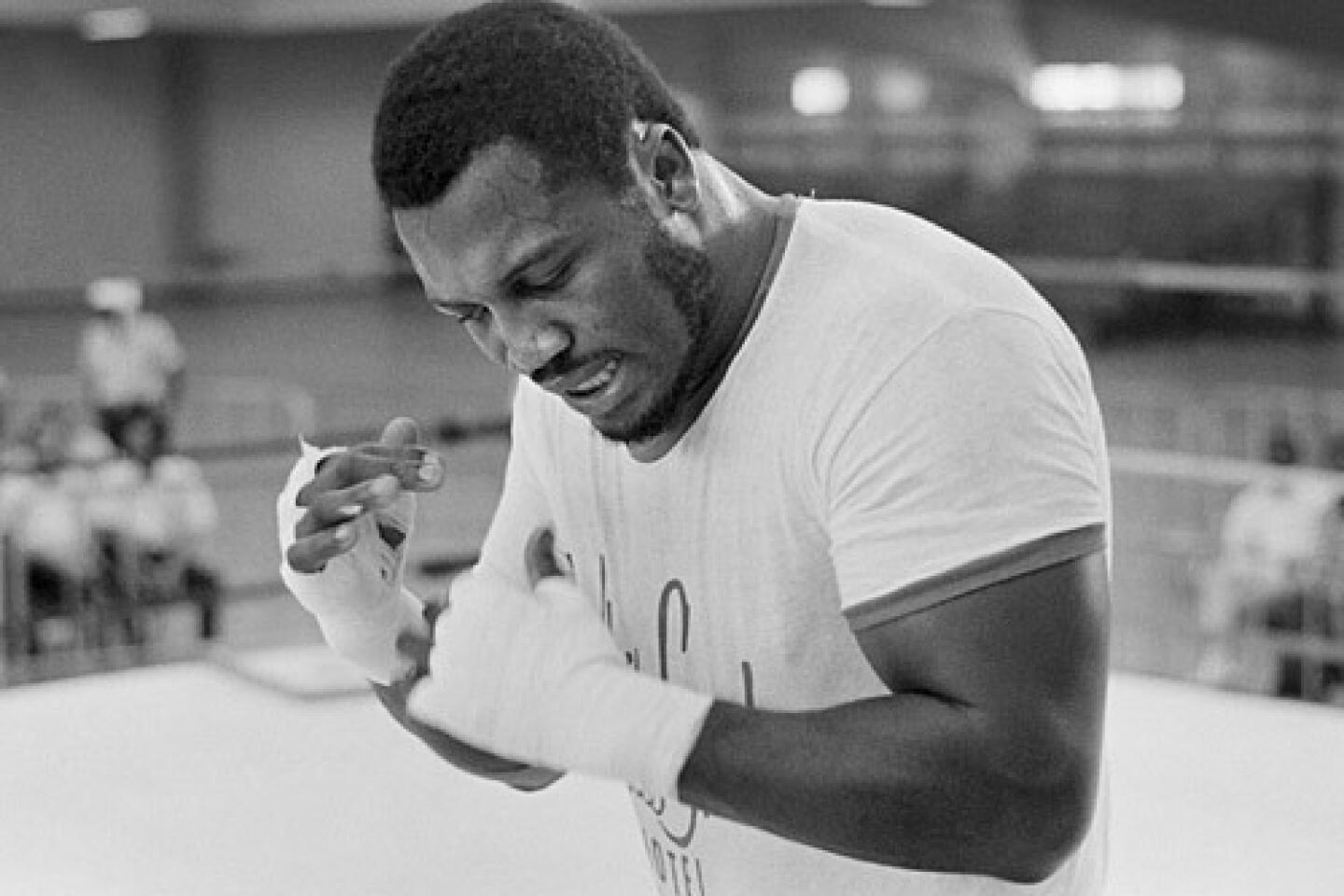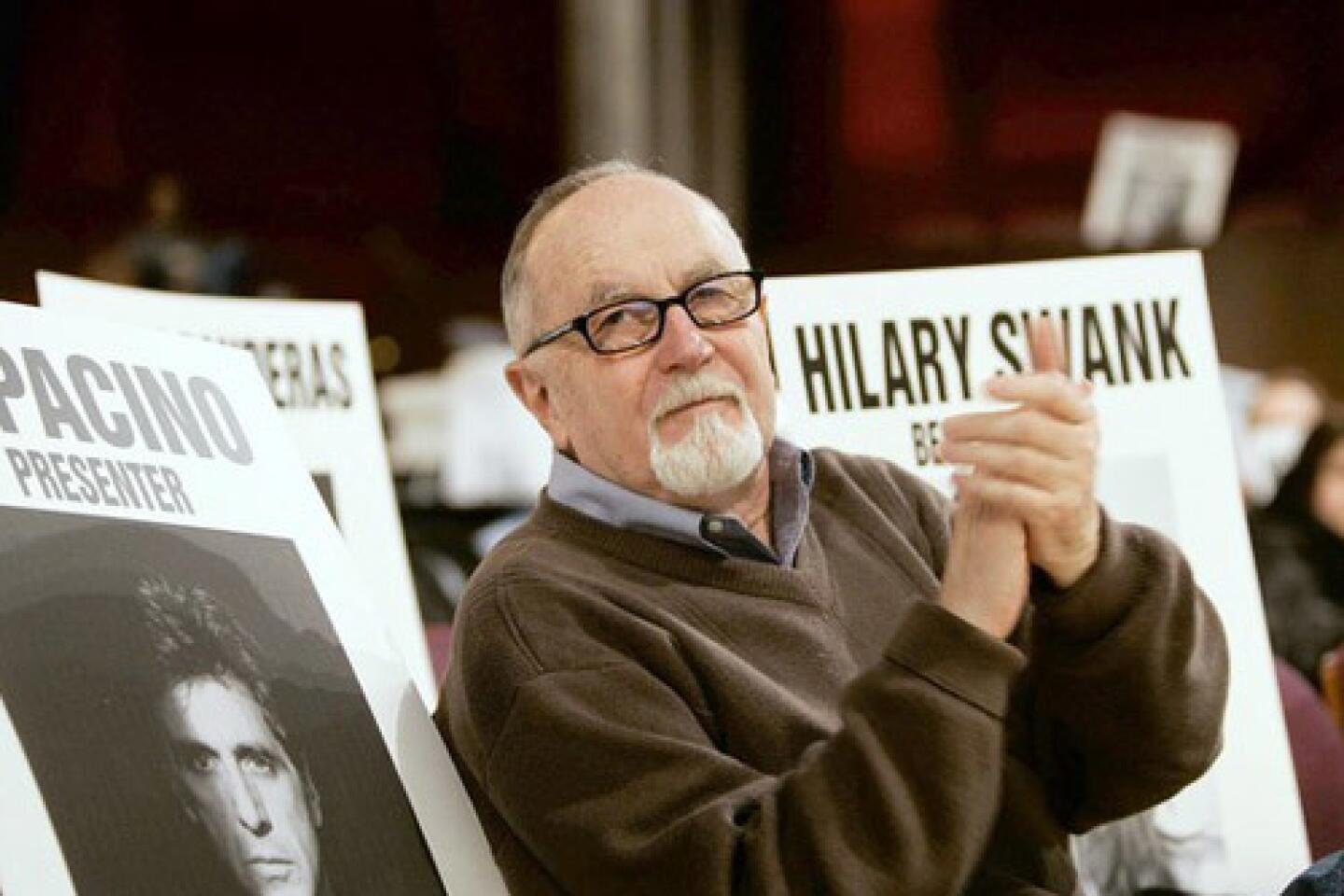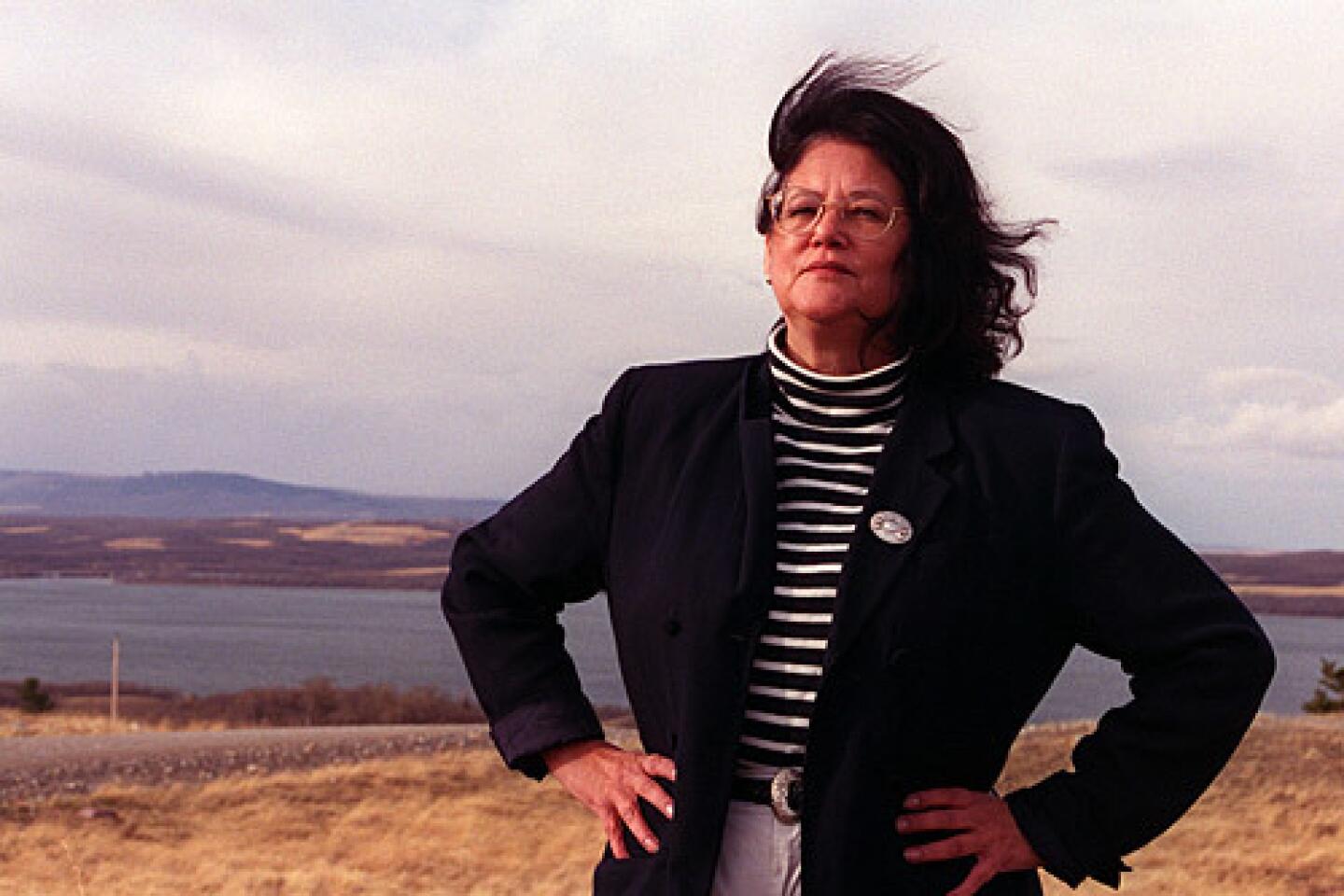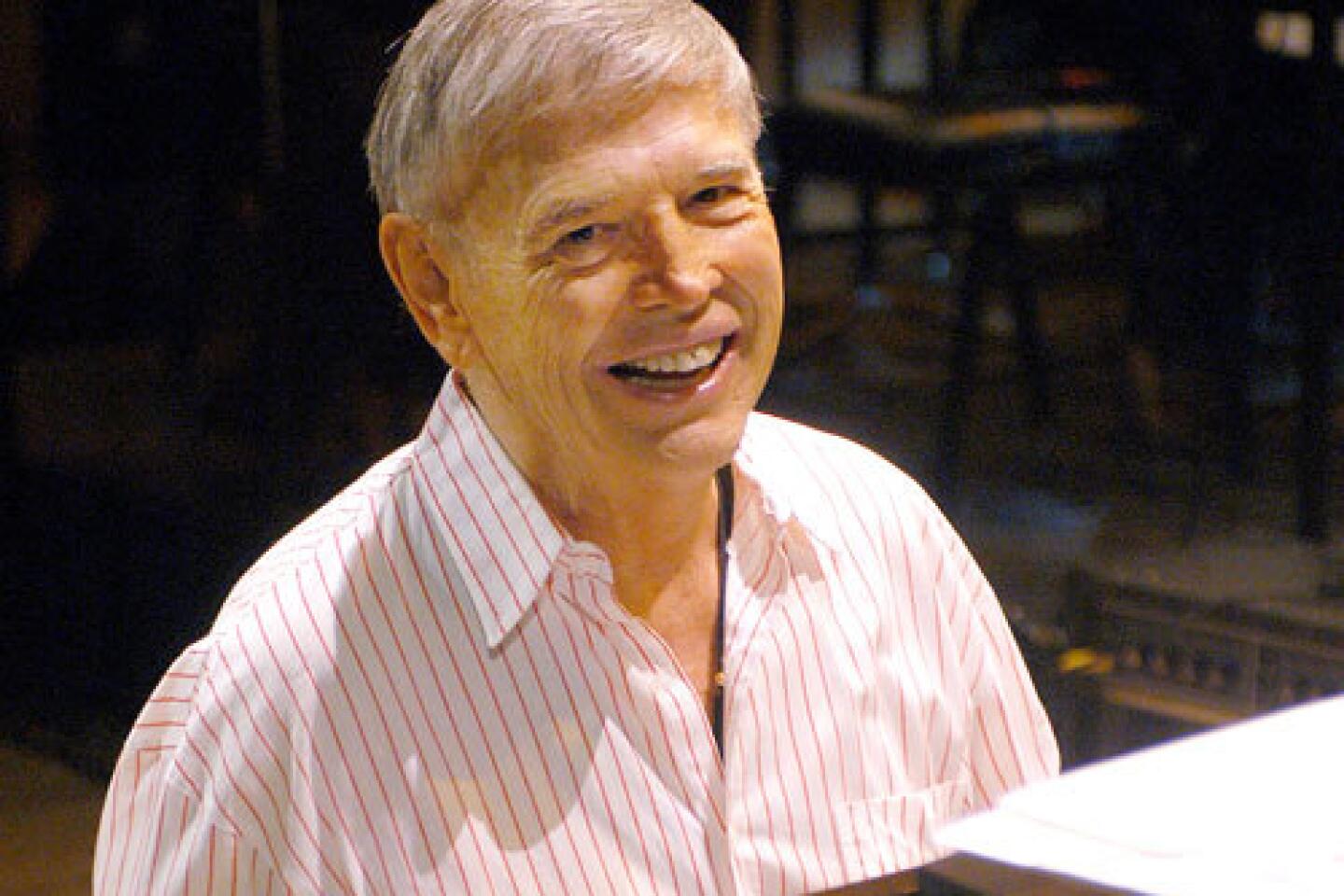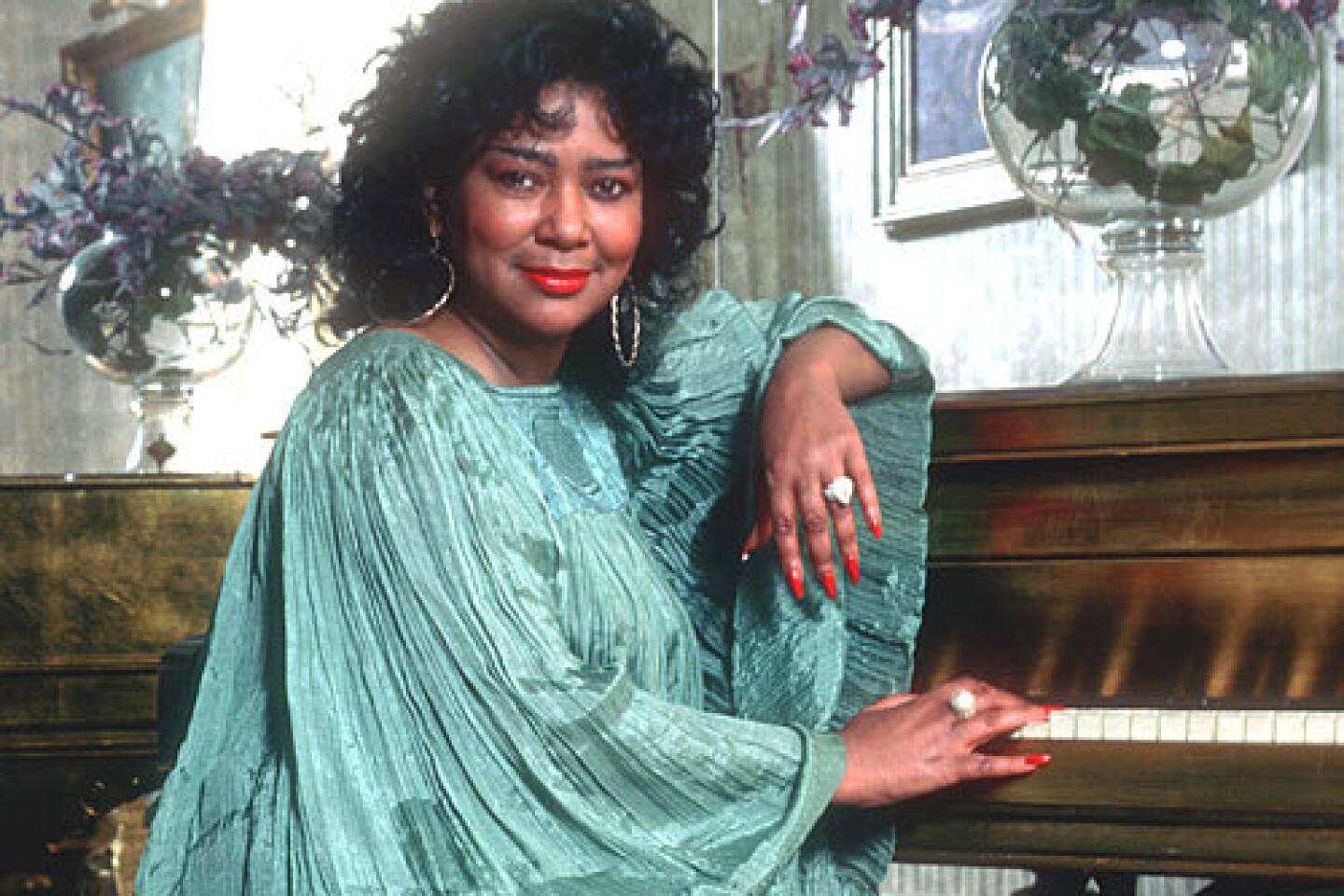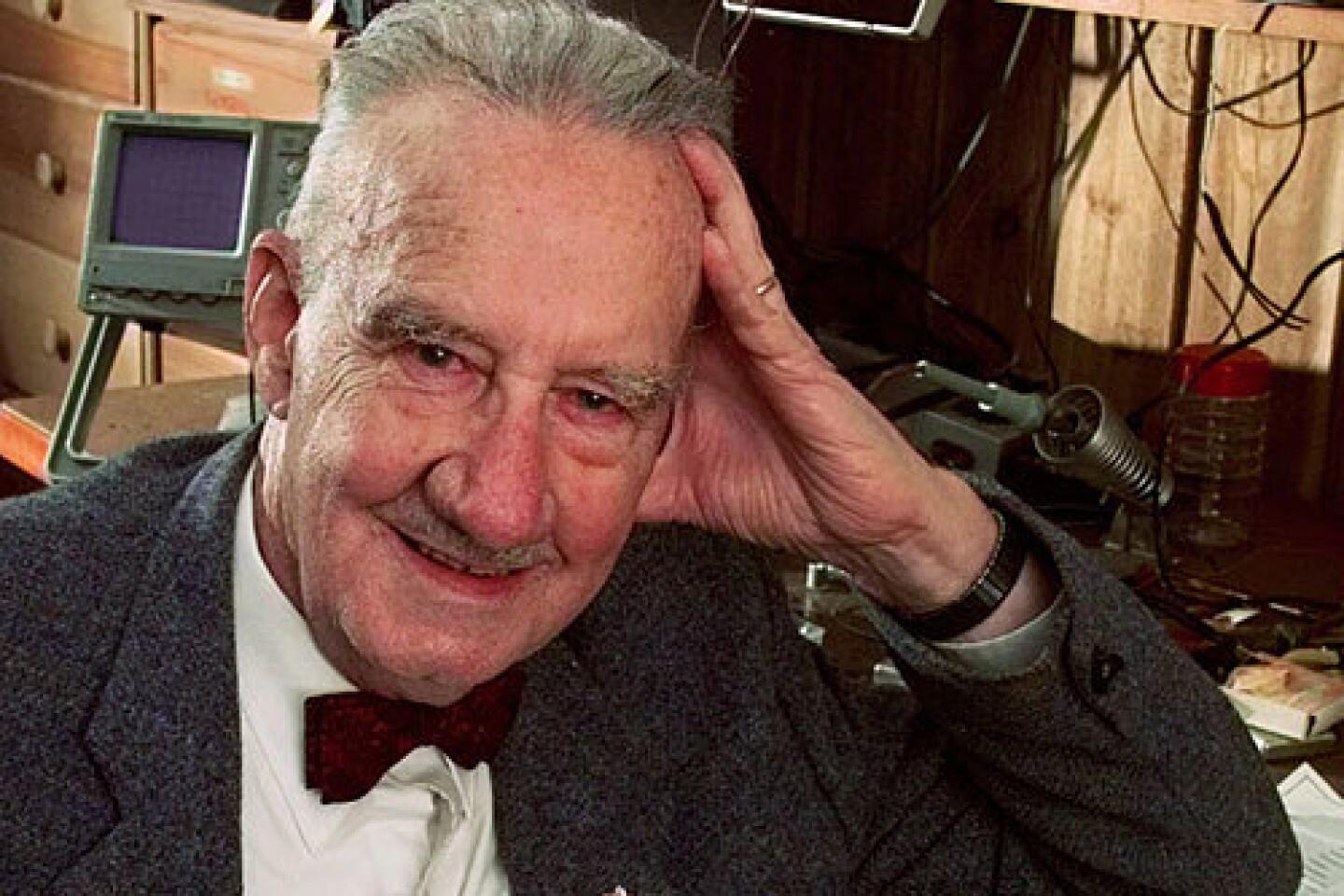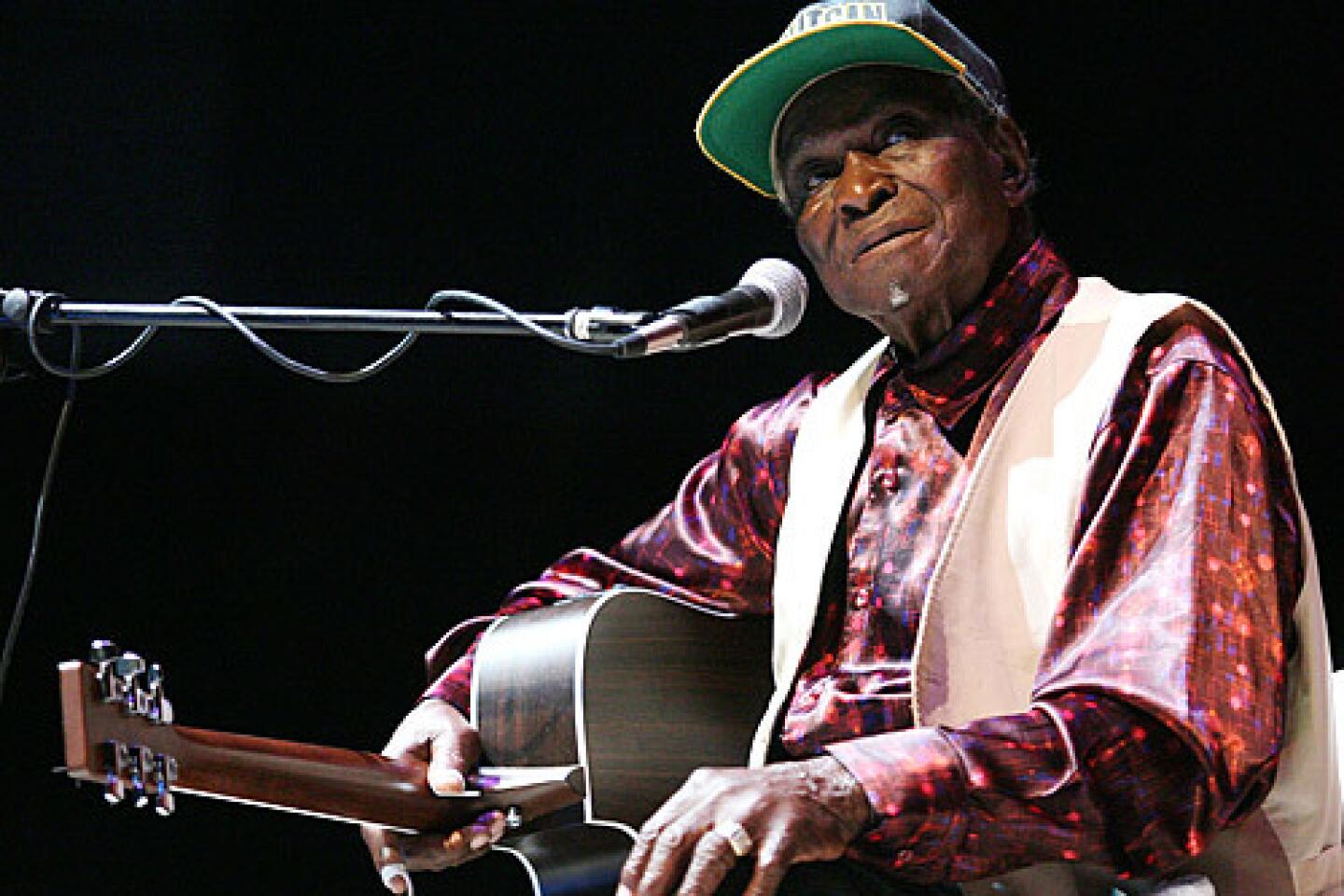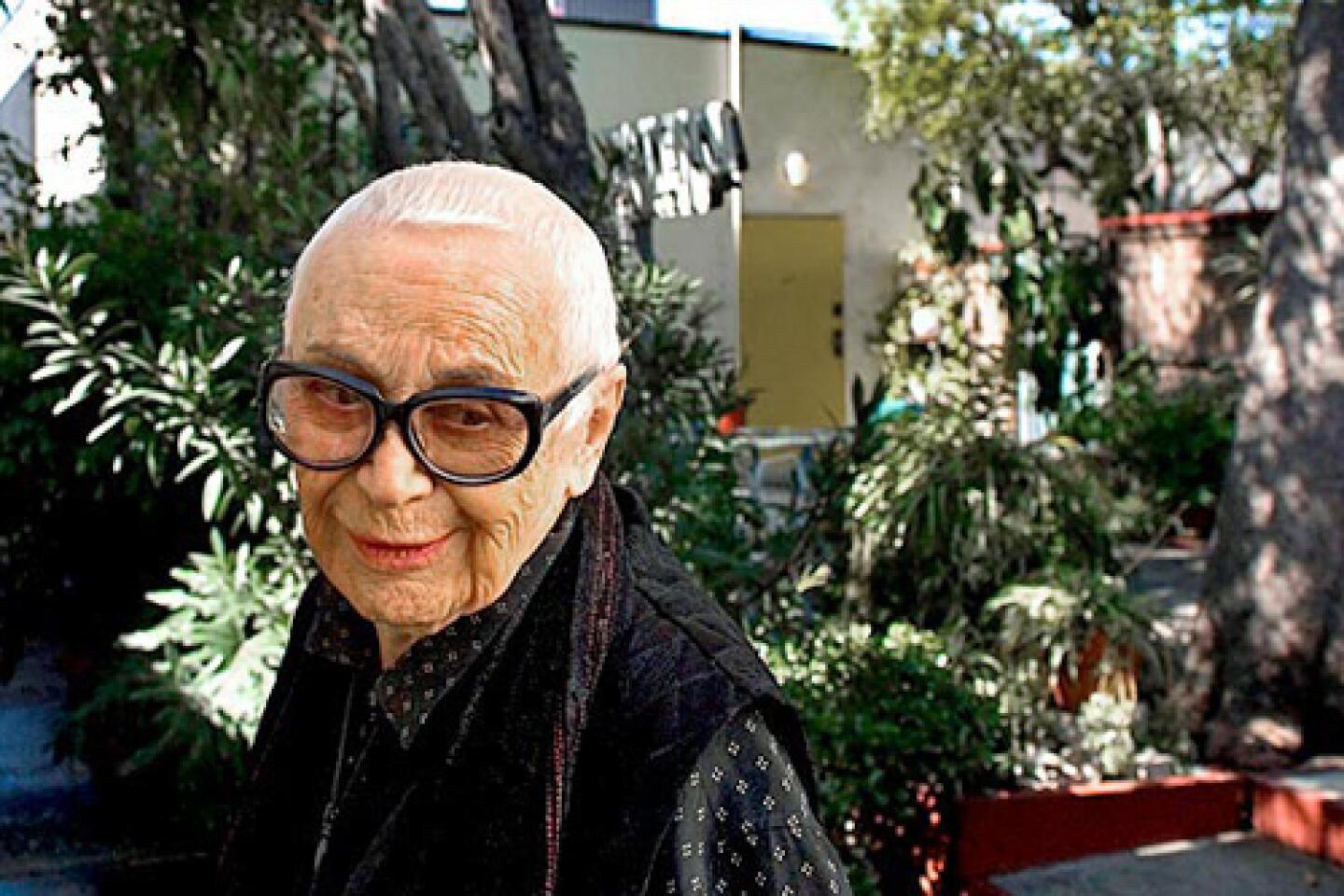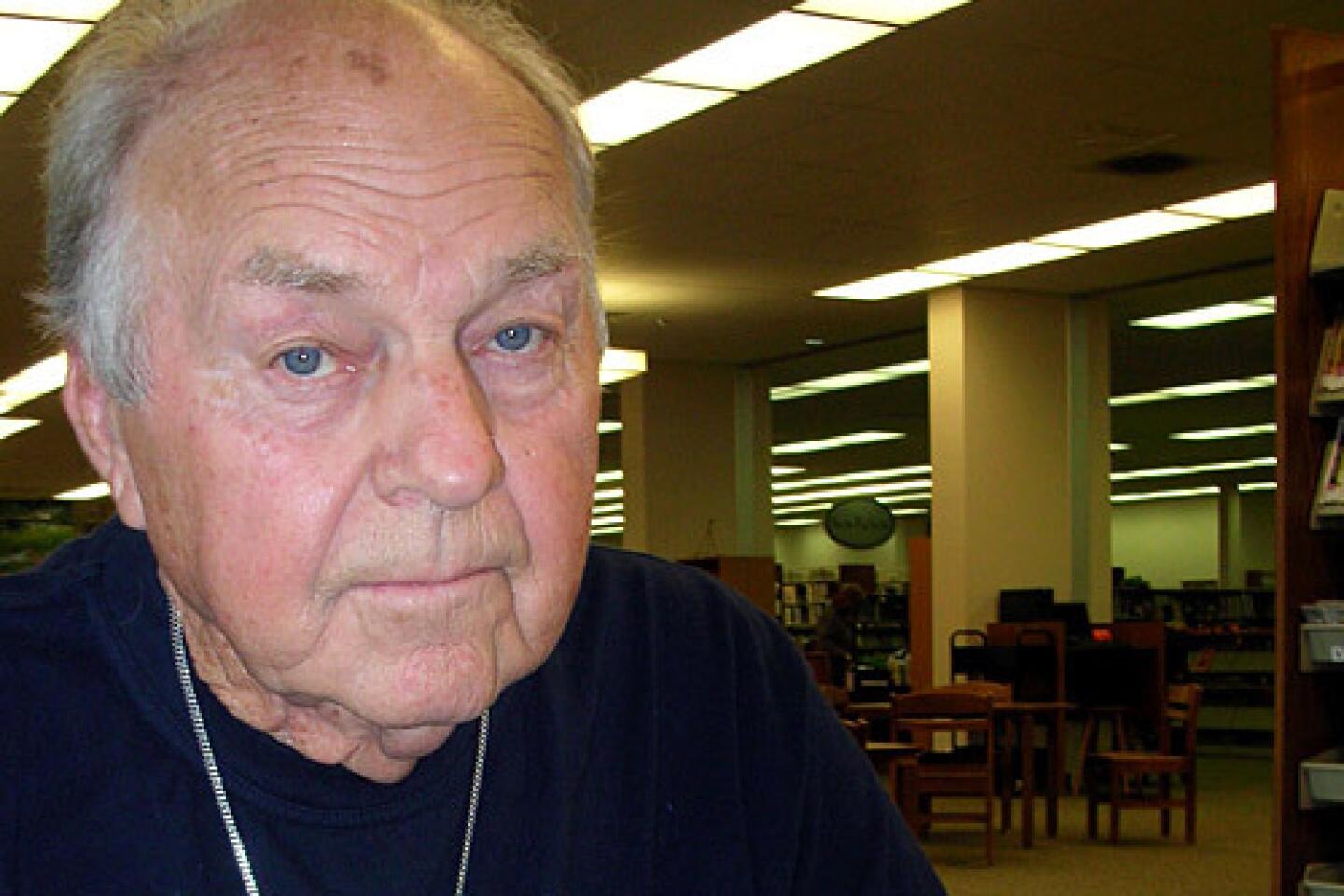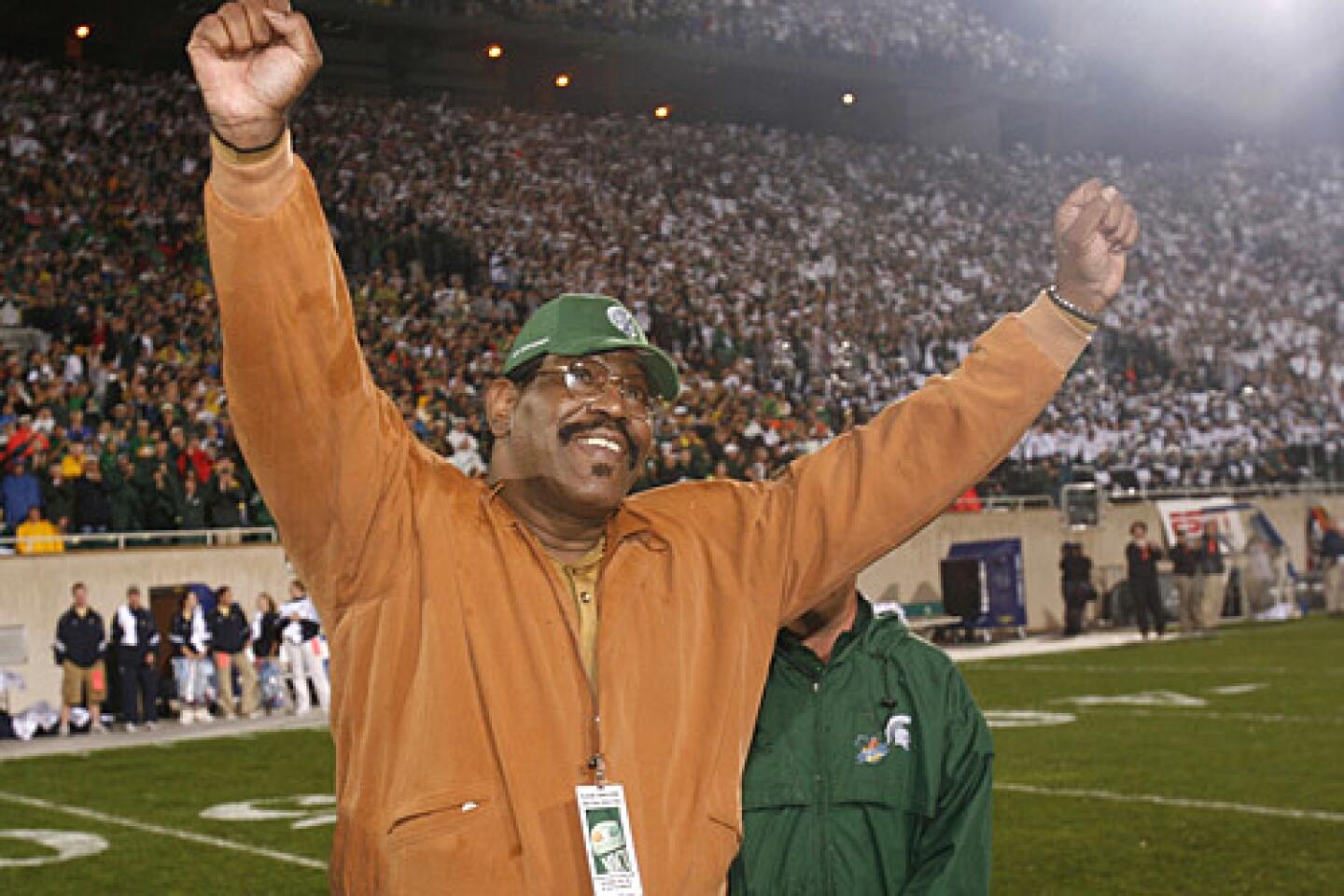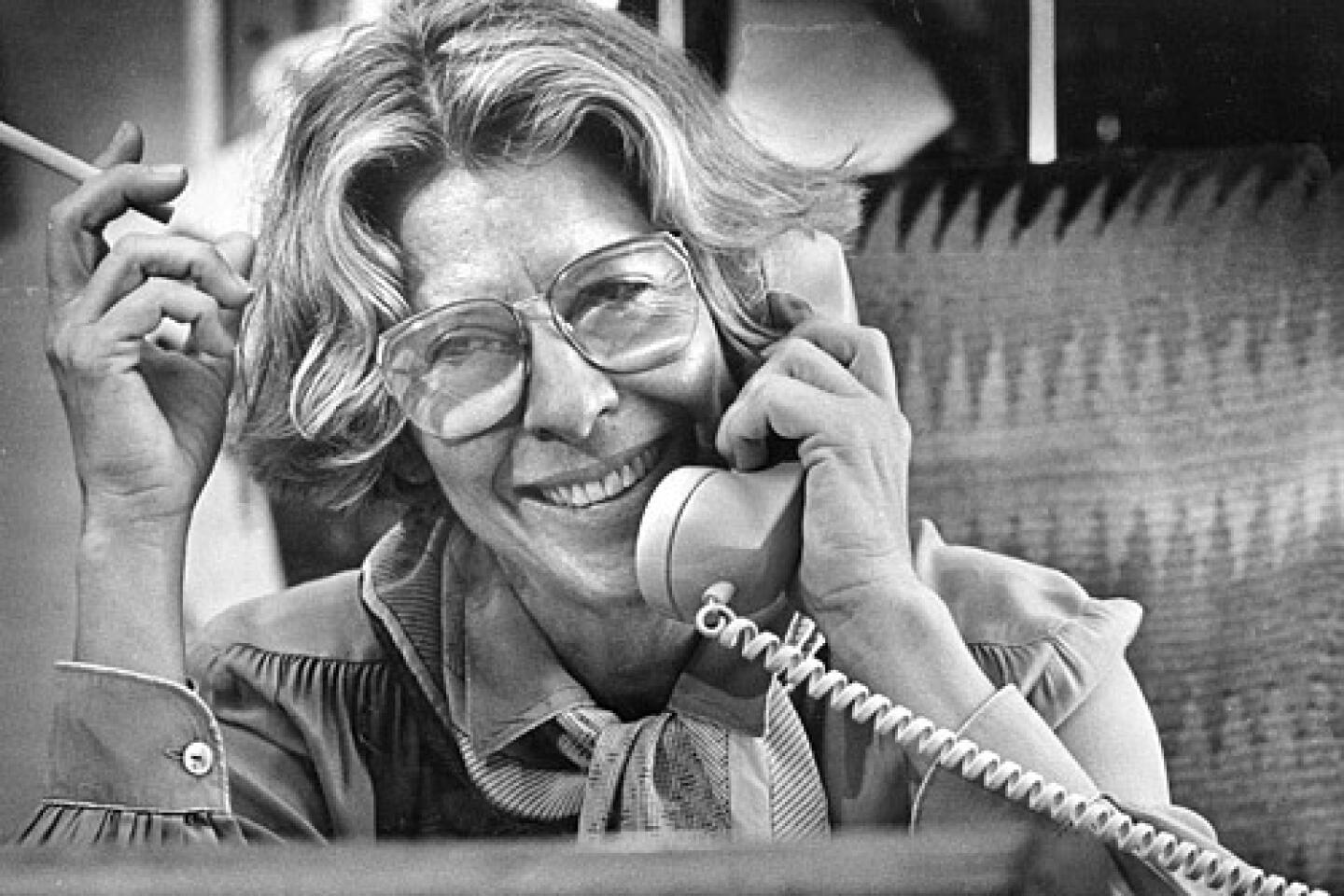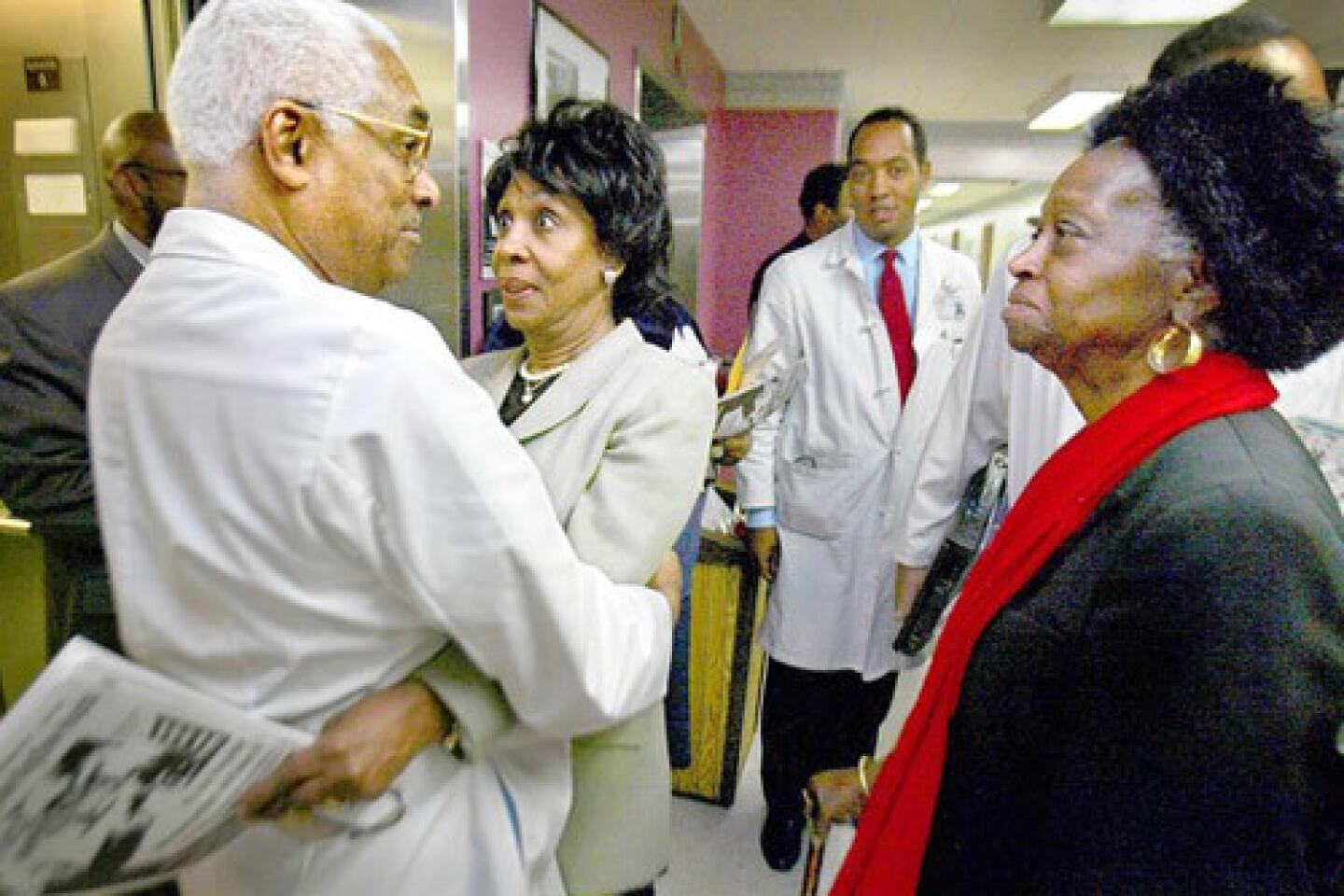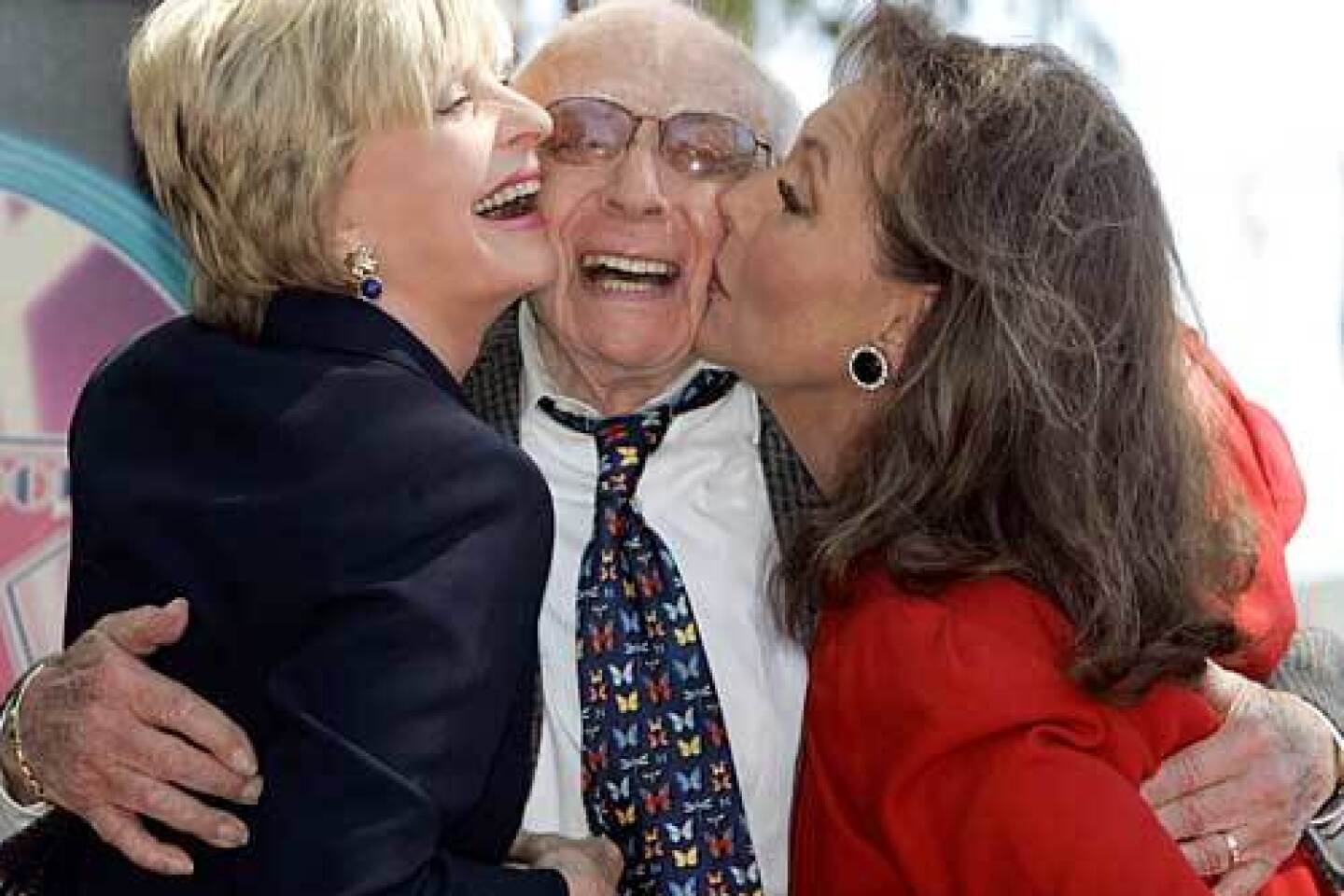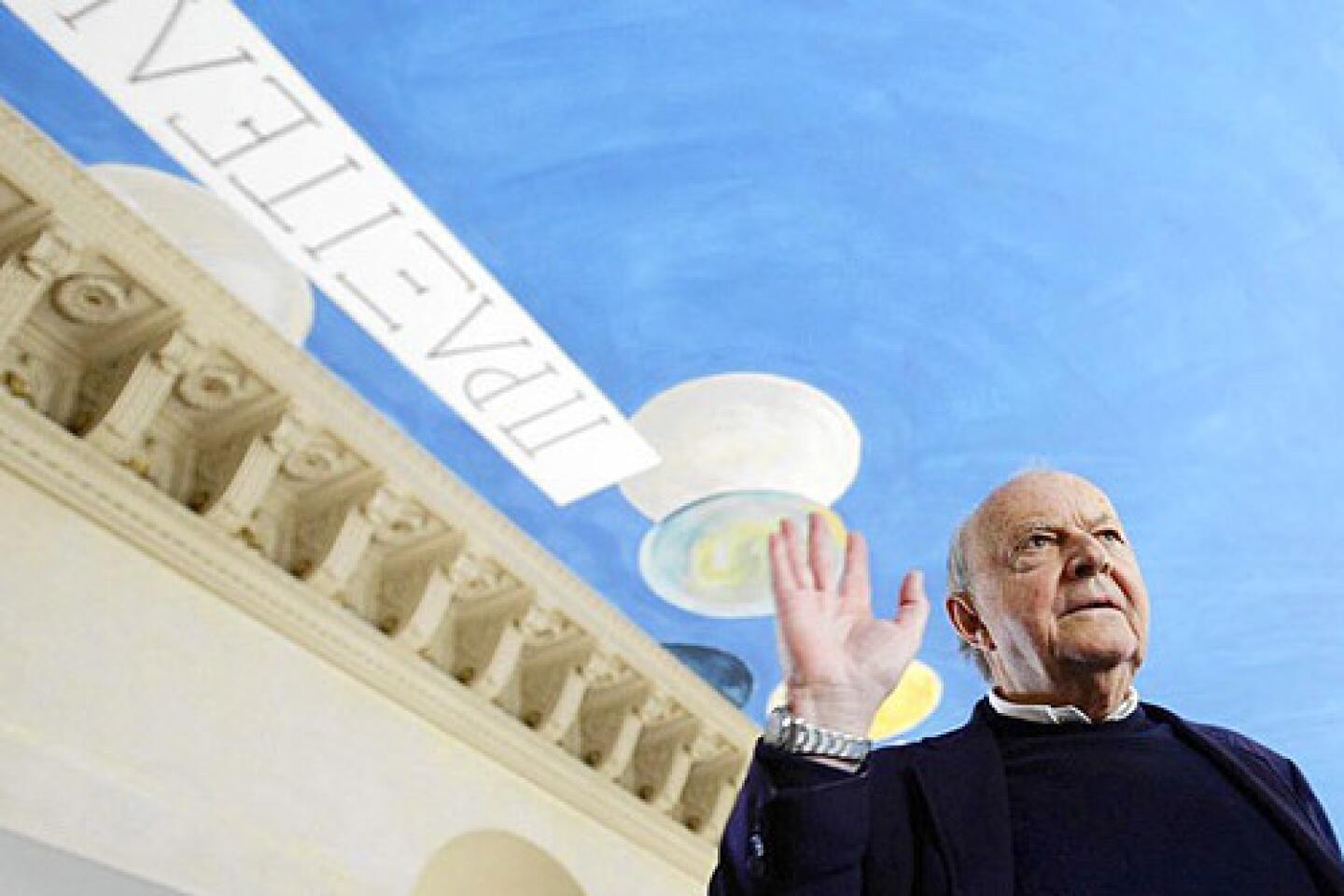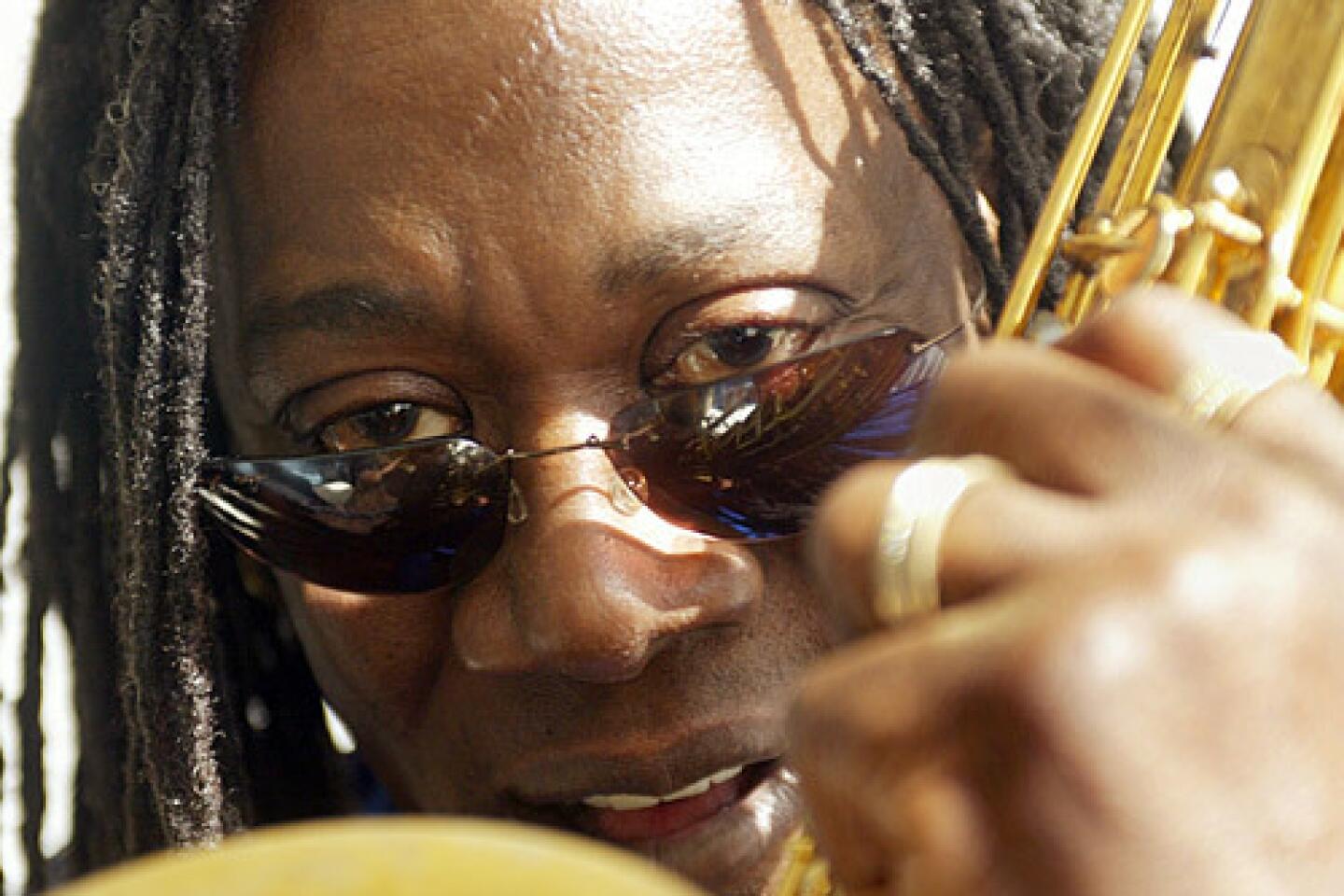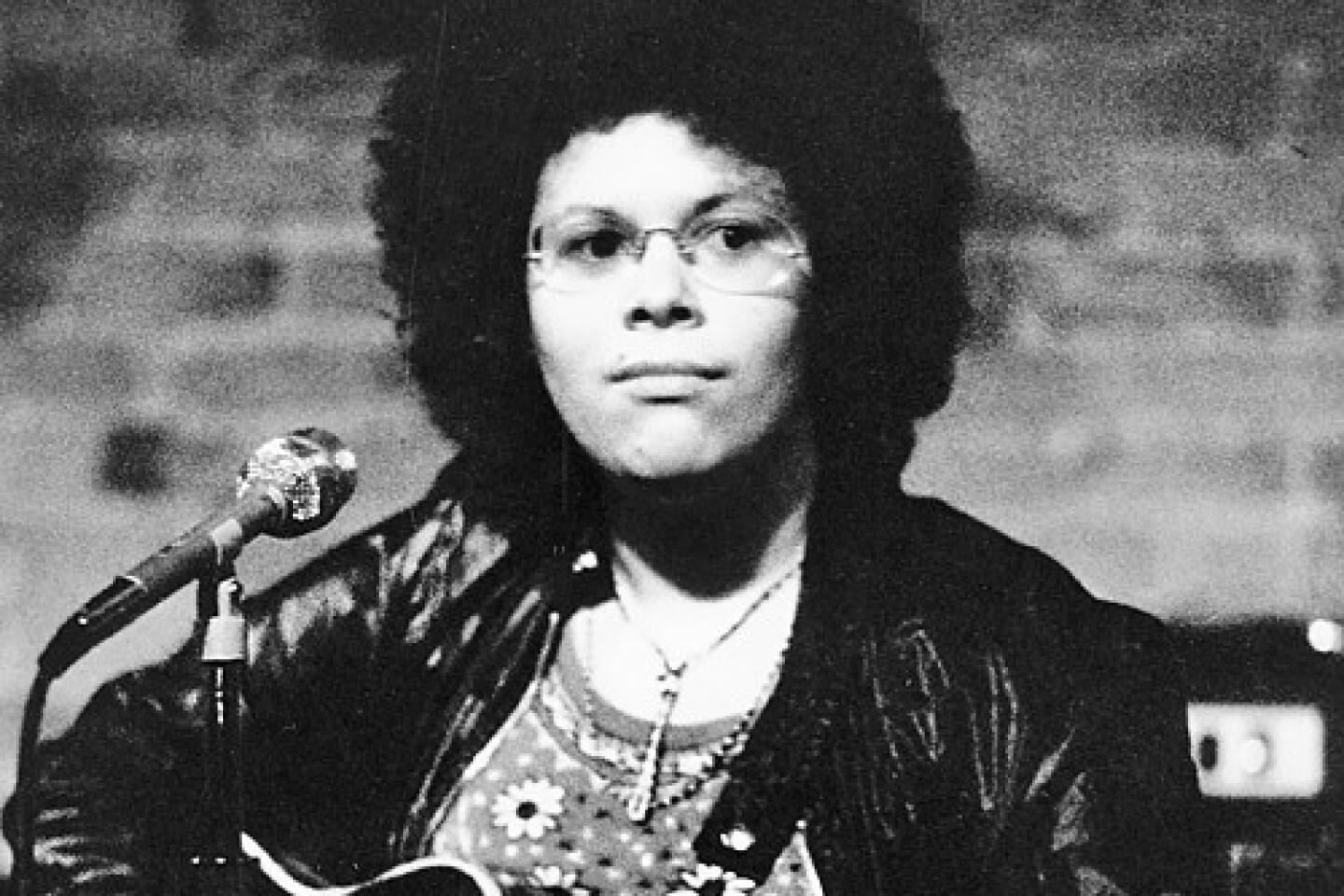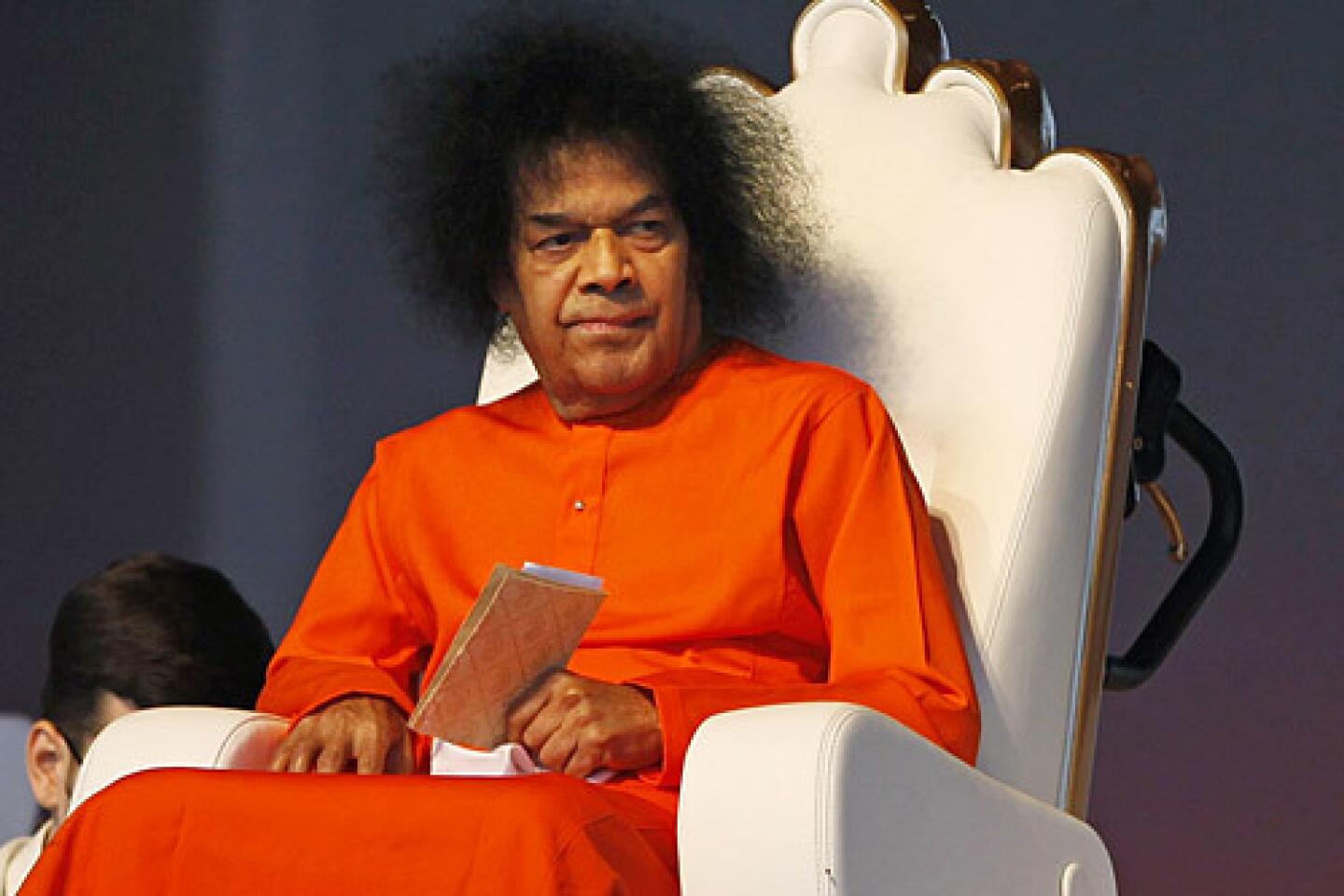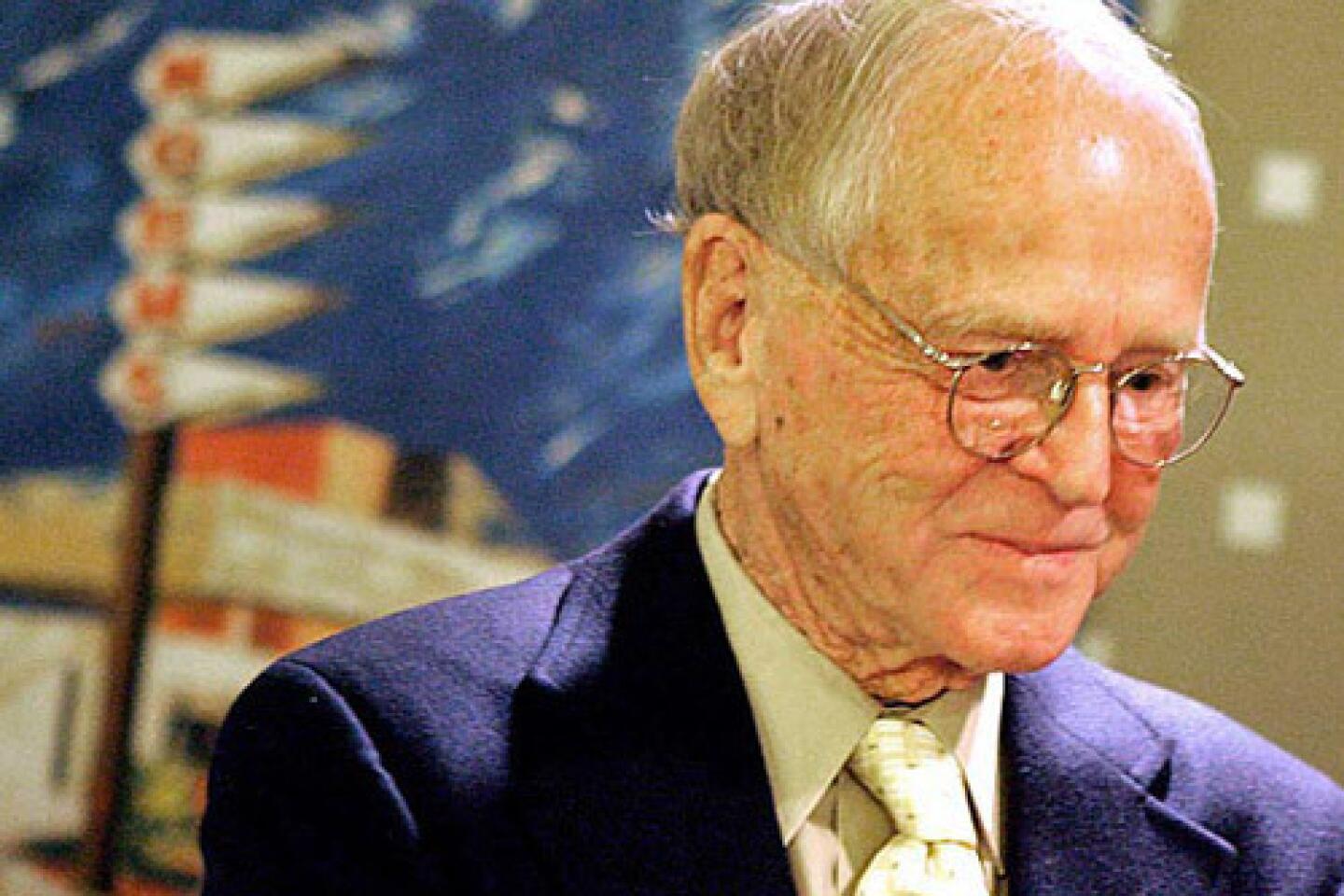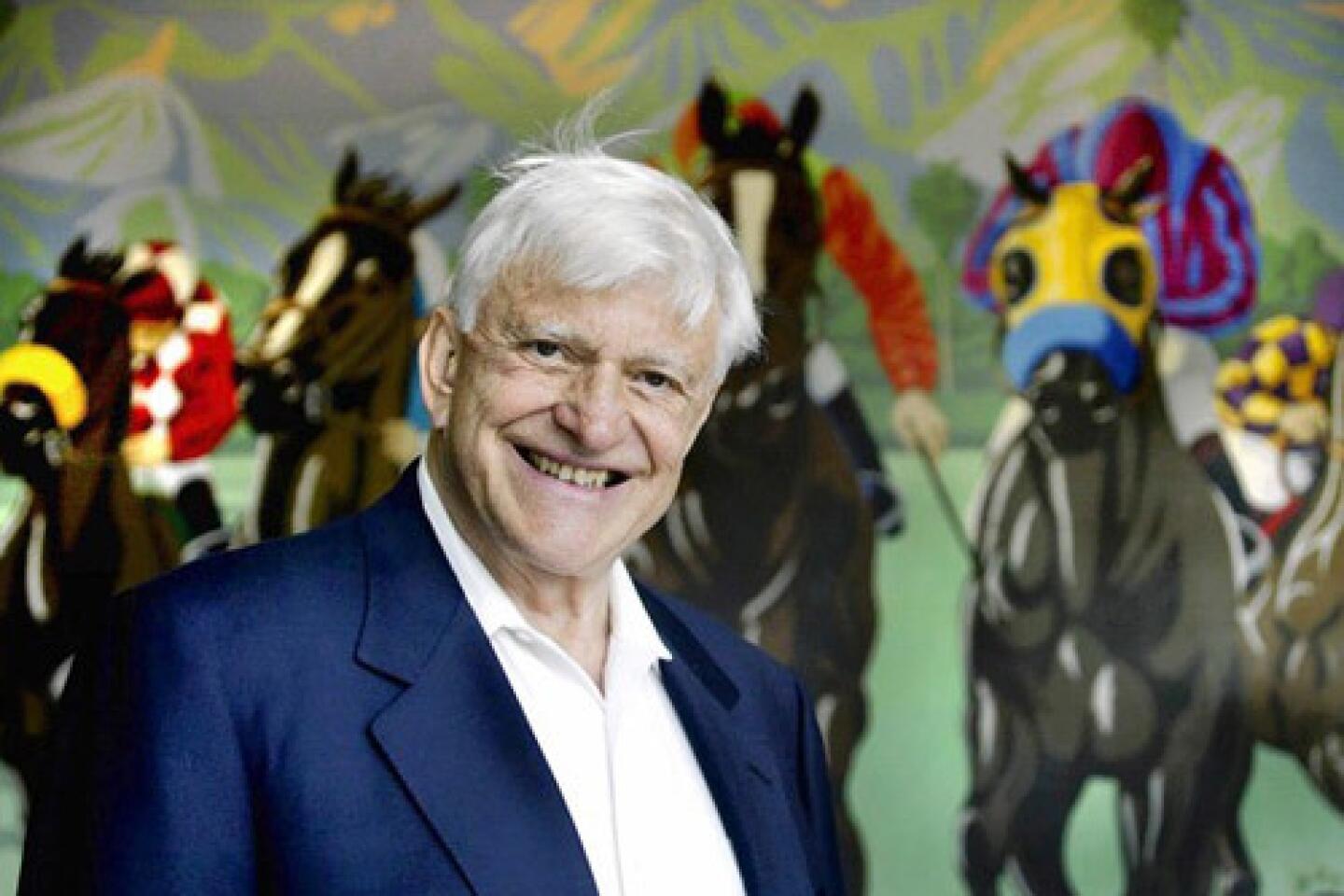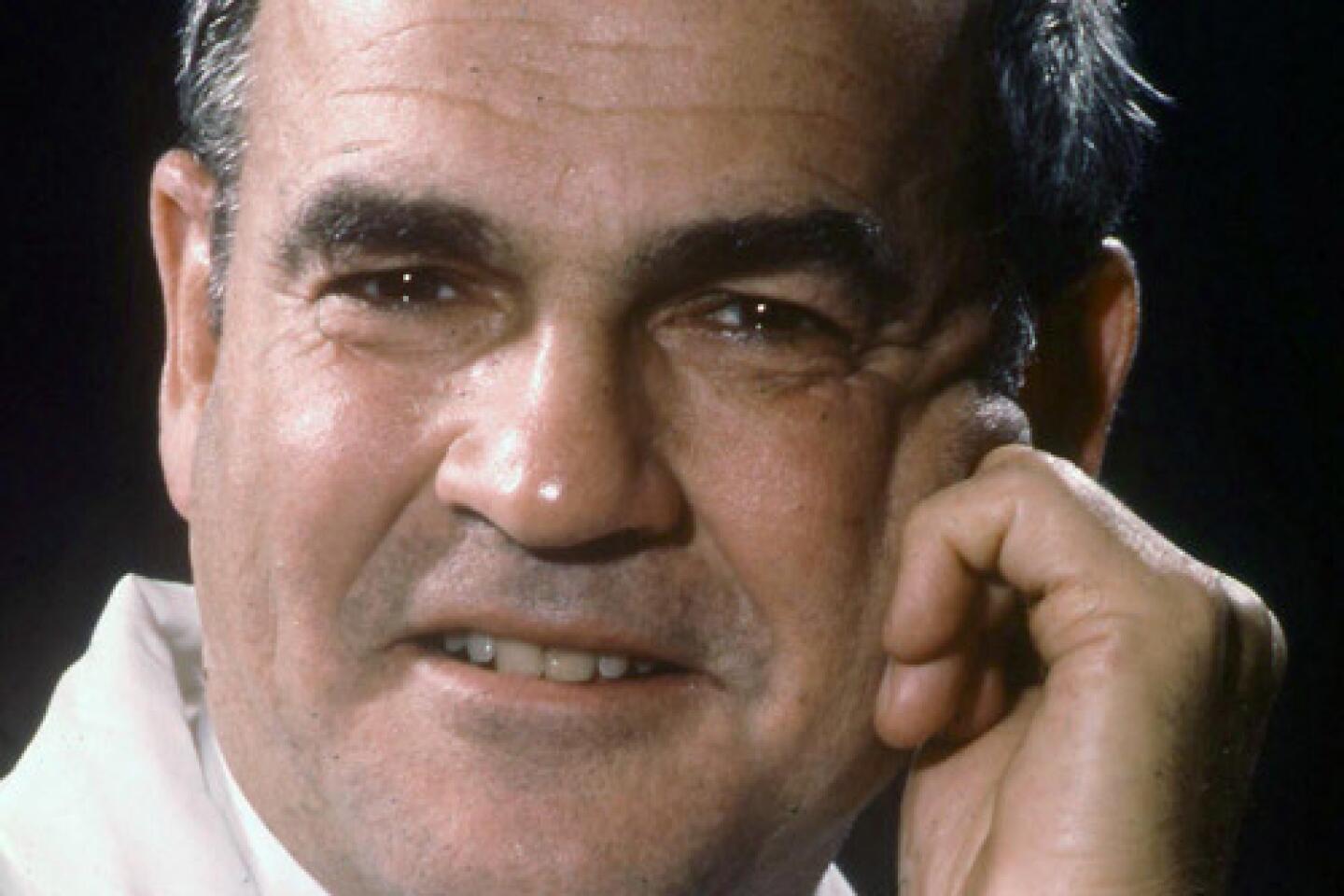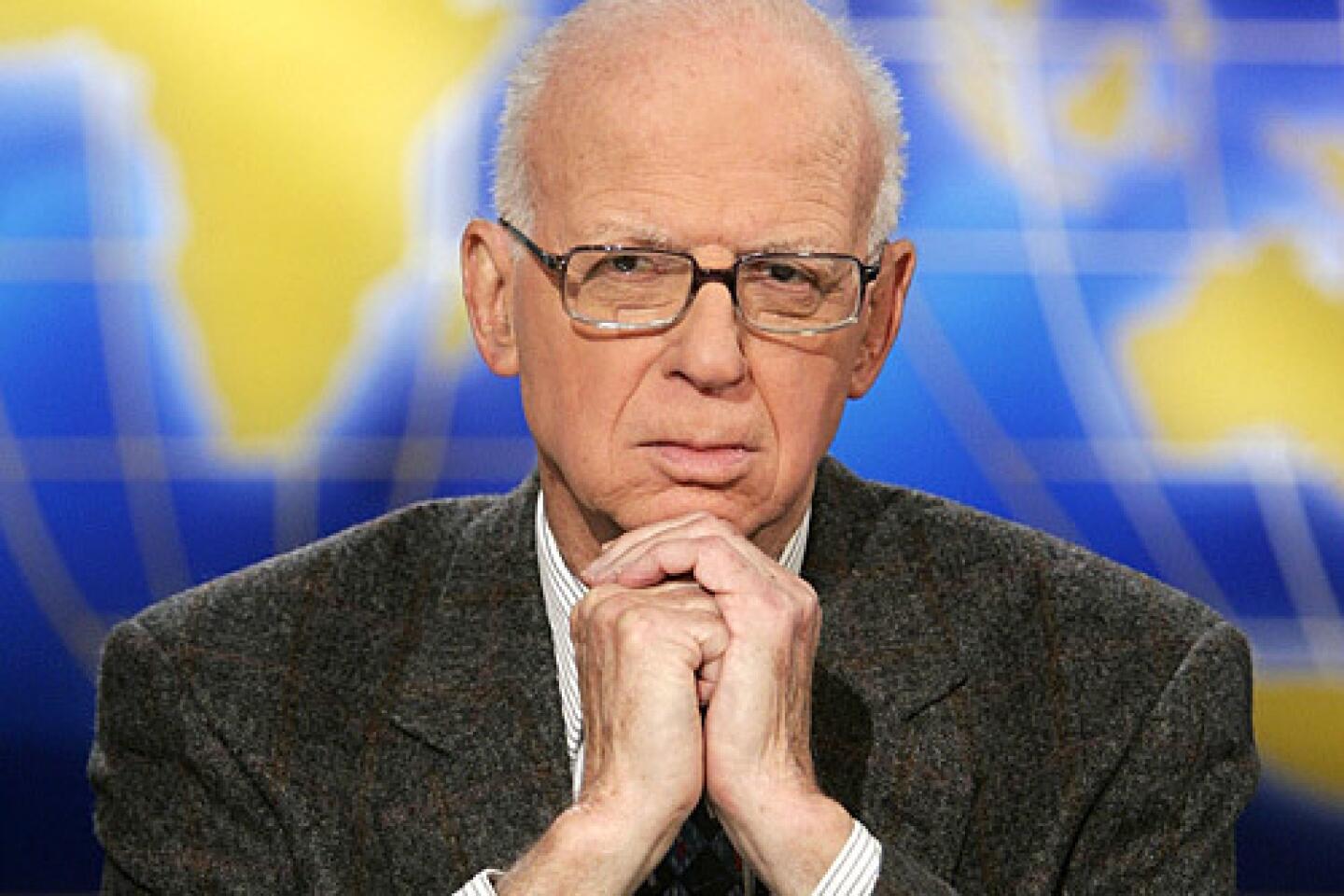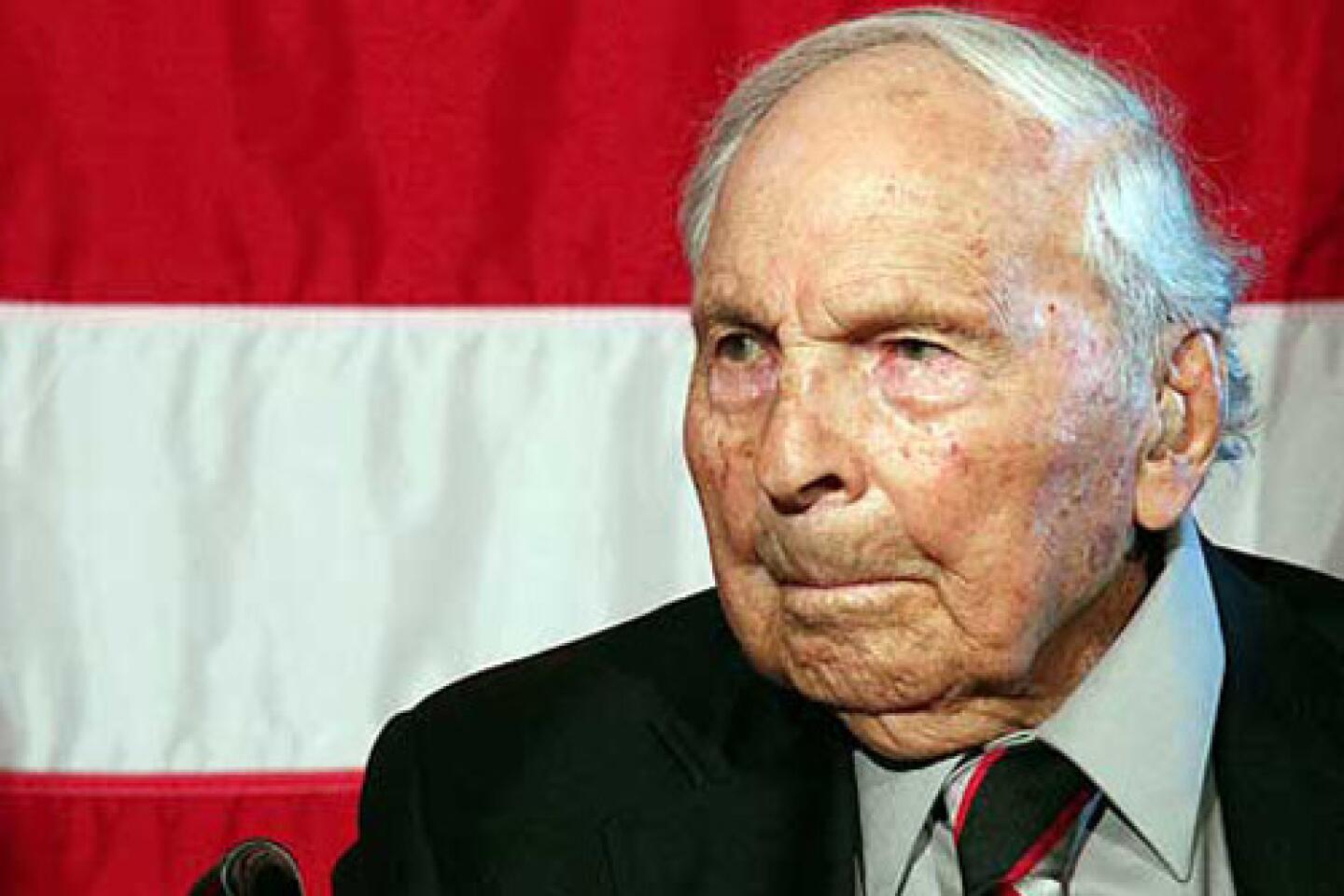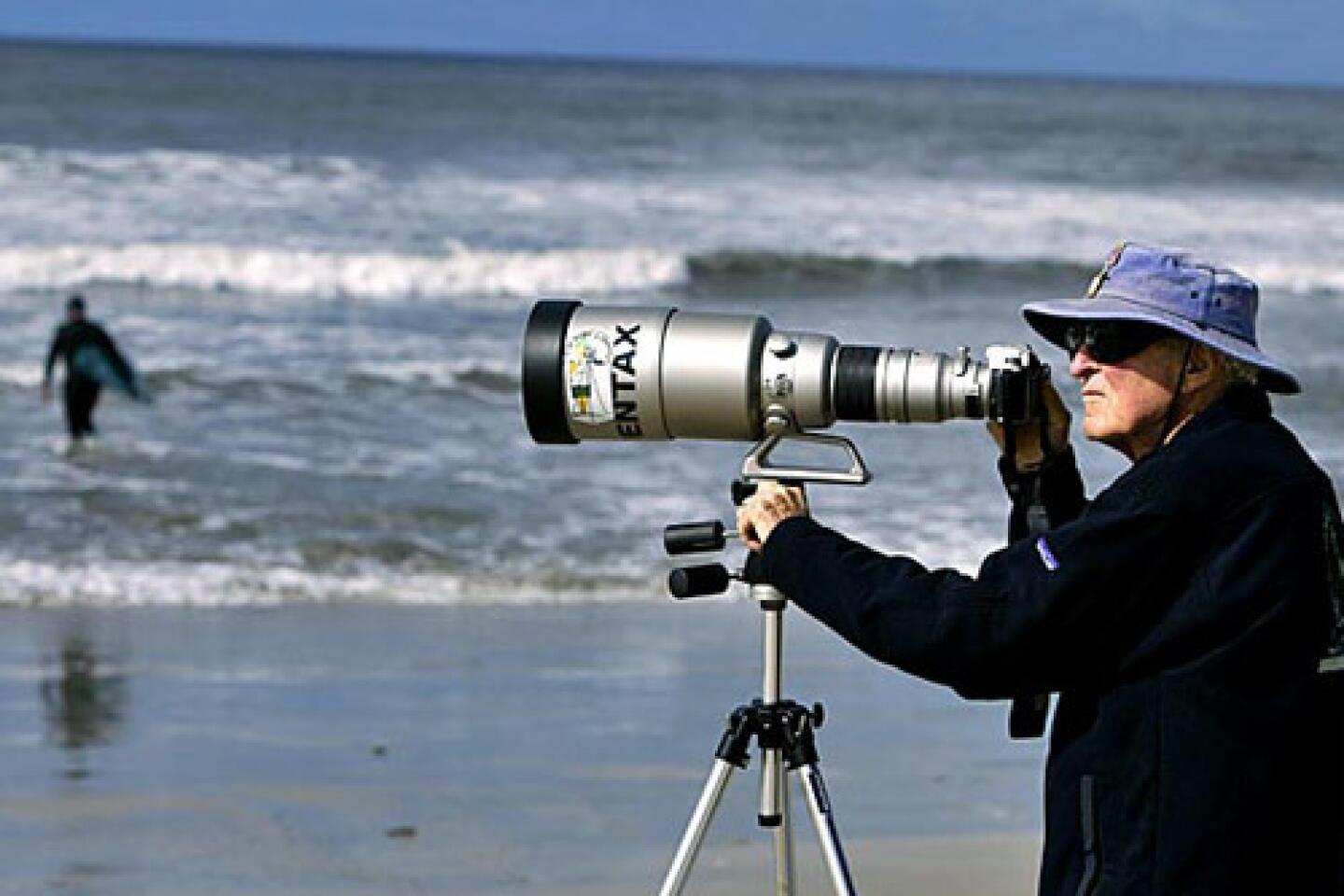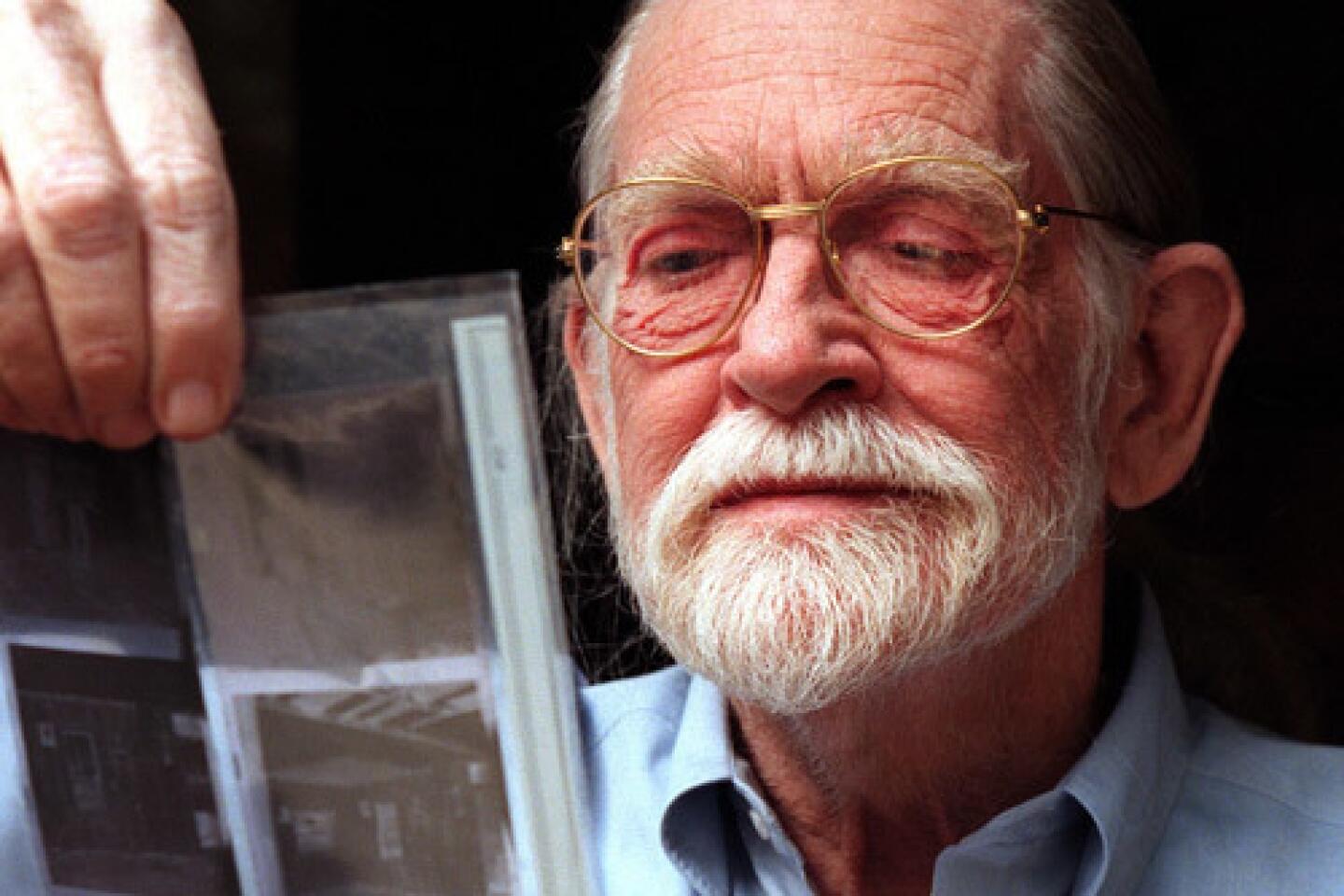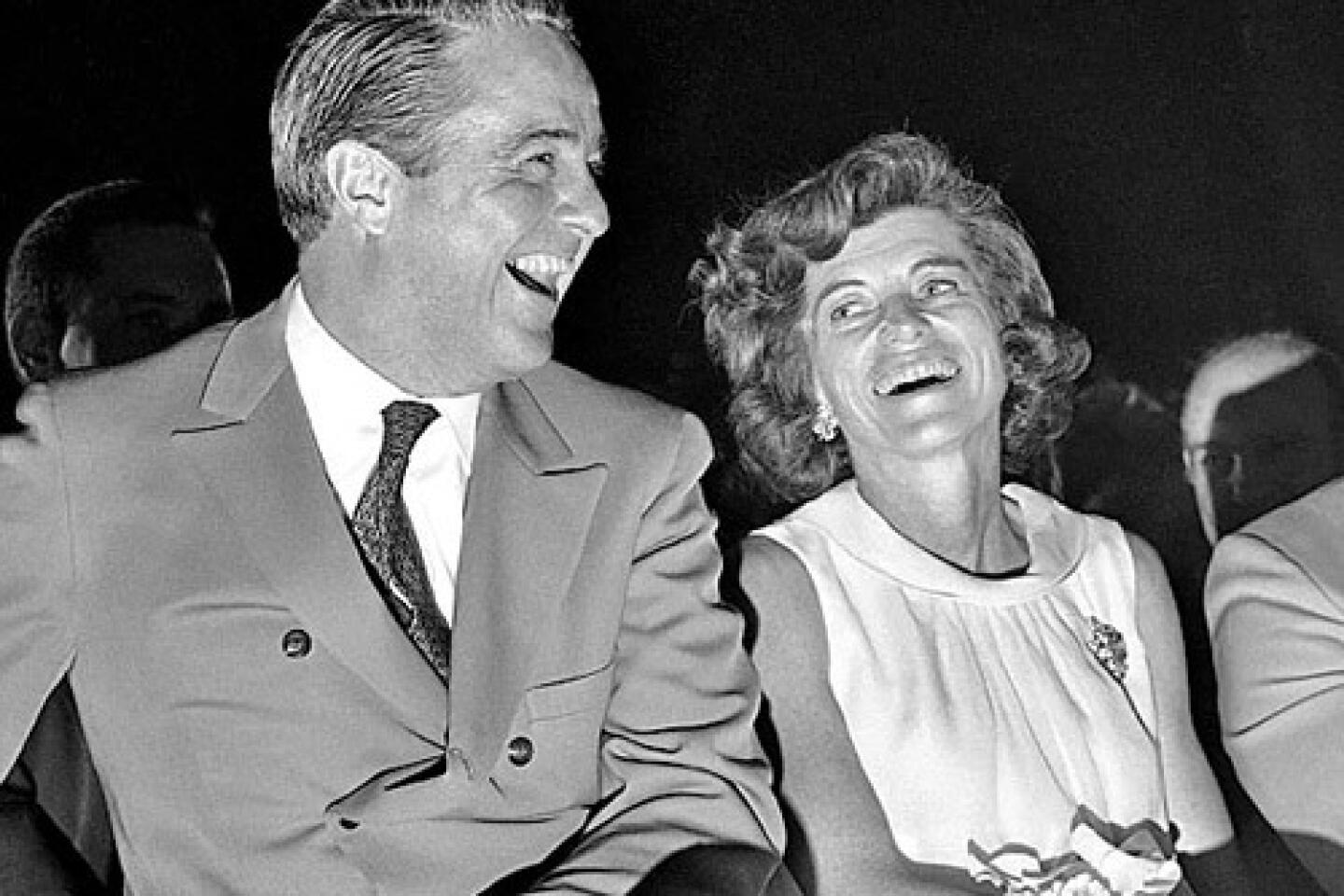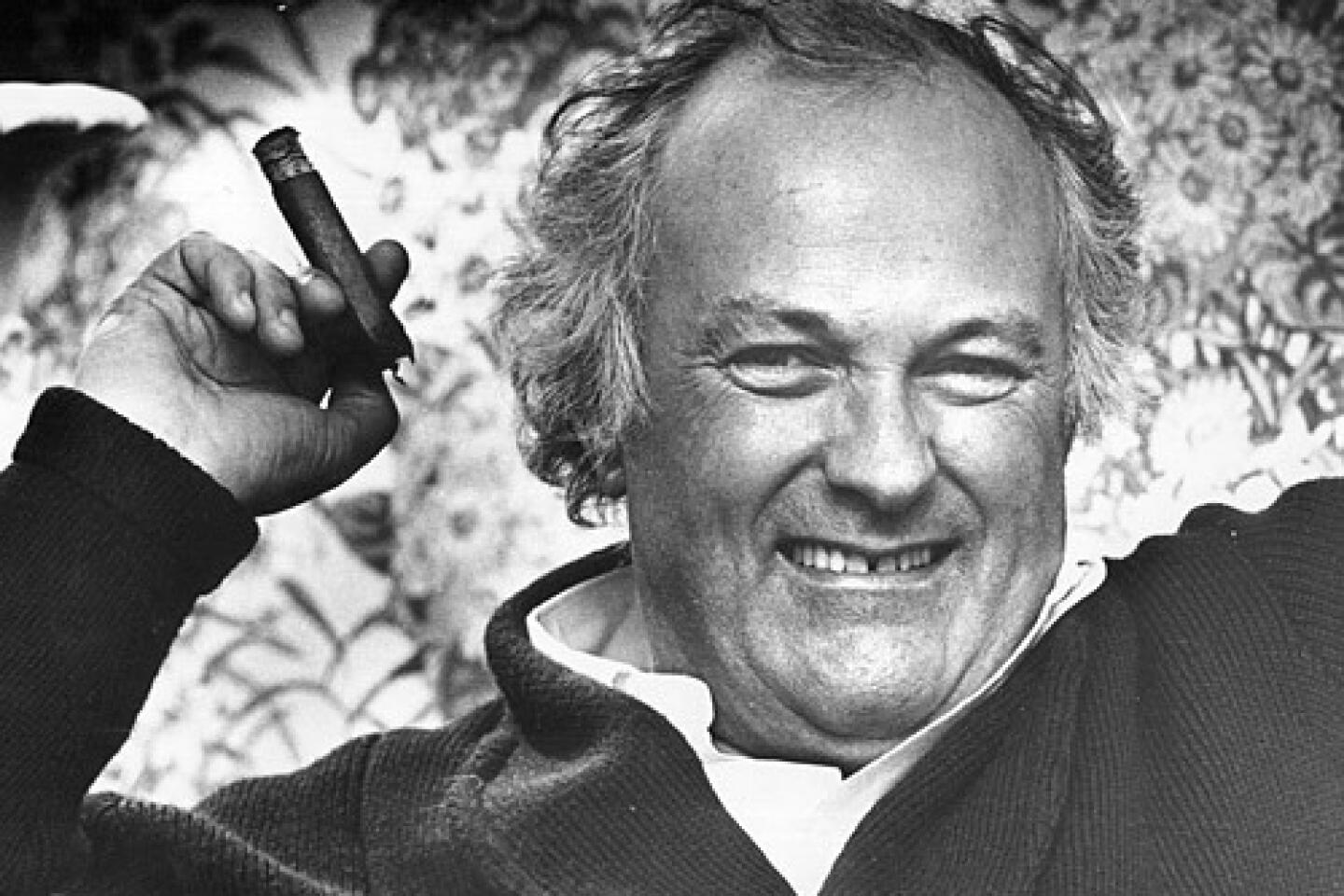Gene R. Summers dies at 83; architect renovated L.A. Biltmore
Gene R. Summers, an architect and developer who undertook the first major renovation of the historic Biltmore Hotel, reviving interest in downtown Los Angeles and helping to spark its revitalization, has died. He was 83.
Summers, who retired to the Sonoma County community of Healdsburg a decade ago, died Dec. 12 of liver disease in a hospital near Sebastopol, according to his wife, Jacqueline.
A former associate of modernist architect Ludwig Mies van der Rohe, Summers and business partner Phyllis Lambert were planning to build a new hotel downtown when the Biltmore came up for sale in 1976. They bought the run-down Beaux Arts-style building for $5 million and spent millions more, reversing years of neglect.
They restored the hotel’s ornate ceilings, which had been hand-painted and carved by Vatican artist Giovanni Smeraldi for the 1923 grand opening. Other changes reflected Summers’ love of modern art: He furnished the grand lobby with Mies’ iconic Barcelona chairs and filled walls with pop artist Jim Dine’s heart lithographs.
“I recall with pleasure the design aesthetic that Summers and his business partner, Phyllis Lambert, introduced to the Biltmore — an historically accurate restoration, with an overlay of 20th Century design sensibility,” said Margaret Bach, founding president of the Los Angeles Conservancy. “It was a daring and prescient project for its time.”
During his 12-year partnership with Lambert, Summers also built industrial parks and renovated the Newporter Hotel in Newport Beach.
Summers began his career in Chicago in 1950, when he was hired as a project architect for Mies. He worked with the influential German-born architect on a number of important commissions, including New York’s landmark Seagram Building.
In 1967 Summers joined the Chicago architectural firm of C.F. Murphy Associates, where his best-known project was the McCormick Place convention center on the Lake Michigan shore.
In the early 1970s Summers moved to California and formed a development company with Lambert, a Canadian architect and heiress of the Bronfman family long associated with the Seagram alcohol distilling company.
Lambert had experience with architectural renovation, so when Summers told her about the Biltmore, “she was all for it,” Summers said in a 1987 oral history for the Art Institute of Chicago.
At the time, downtown L.A. was struggling. The Bonaventure had not yet opened. A few blocks away, the Biltmore’s neighborhood at Fifth and Olive streets was in a sad state, with Pershing Square a magnet for derelicts and panhandlers who scared away the few tourists who stayed in the once-majestic hotel across the street.
The Biltmore “was sitting there almost empty and in very bad condition, but Gene was able to see what it could be,” said Joseph Woodard, who was president of the Los Angeles Convention and Visitors Bureau when Summers and Lambert acquired the hotel; he later became the Biltmore’s president. “He was also an exceptionally talented architect. He supervised every aspect of the work personally, from the design and construction to picking out the soap.”
One of the first major improvements was adding a four-star restaurant, Bernard’s, where the furnishings Summers chose included Mies van der Rohe chrome chairs. When the dining room opened in 1976, Times restaurant critic Lois Dwan called its decor “boldness that works perfectly with the oldness.”
The three-year renovation earned the Biltmore a National Trust Honor Award in 1981 and top ratings from travel groups. The Biltmore’s rejuvenation, Woodard said, sparked “a lot of the work that started going into downtown Los Angeles.”
Lambert and Summers managed the Biltmore until 1984, when they sold it.
Summers was born in San Antonio on July 31, 1928. He earned a bachelor’s degree in architecture at Texas A&M and a master’s in 1951 from the Illinois Institute of Technology, where he studied under Mies.
He spent several years designing furniture in France before returning to Chicago in 1989 to follow Mies’ path and become dean of the Illinois campus’ architecture school.
He retired in 1993 and moved back to California, where he worked as a sculptor and painter.
In addition to his wife, he is survived by their daughter, Ali; as well as a daughter, Karen Lowe, and two sons, Scott and Blake, from his first marriage, to Ann Summers; eight grandchildren; and a brother, Wesley.
More to Read
Start your day right
Sign up for Essential California for the L.A. Times biggest news, features and recommendations in your inbox six days a week.
You may occasionally receive promotional content from the Los Angeles Times.
